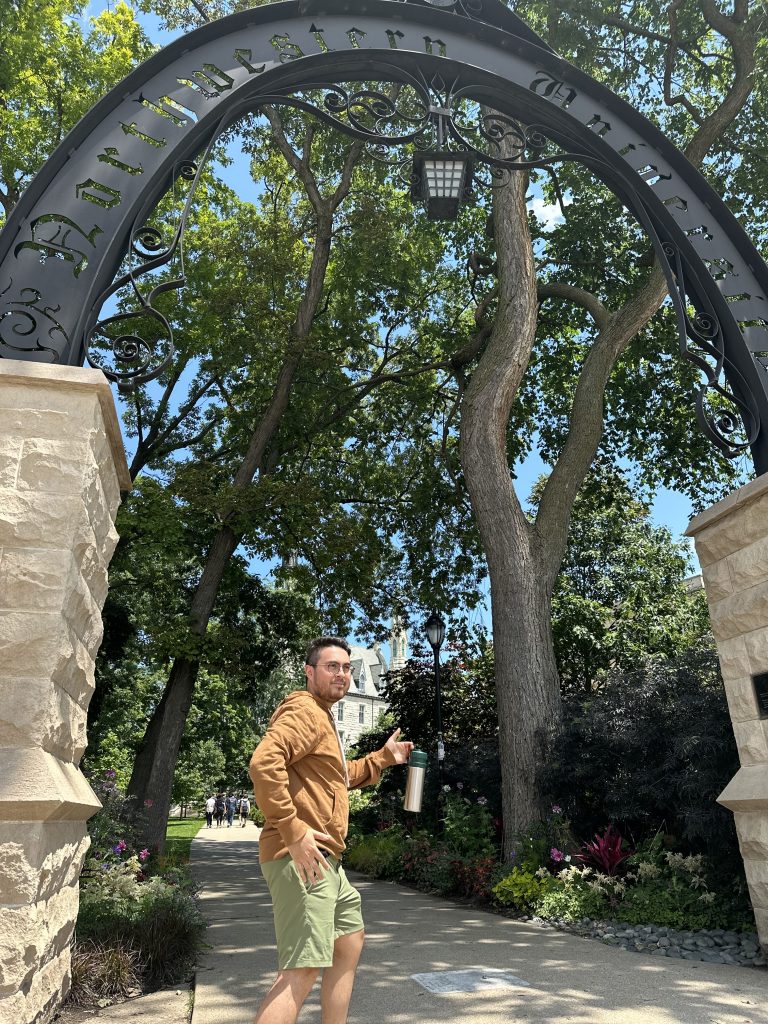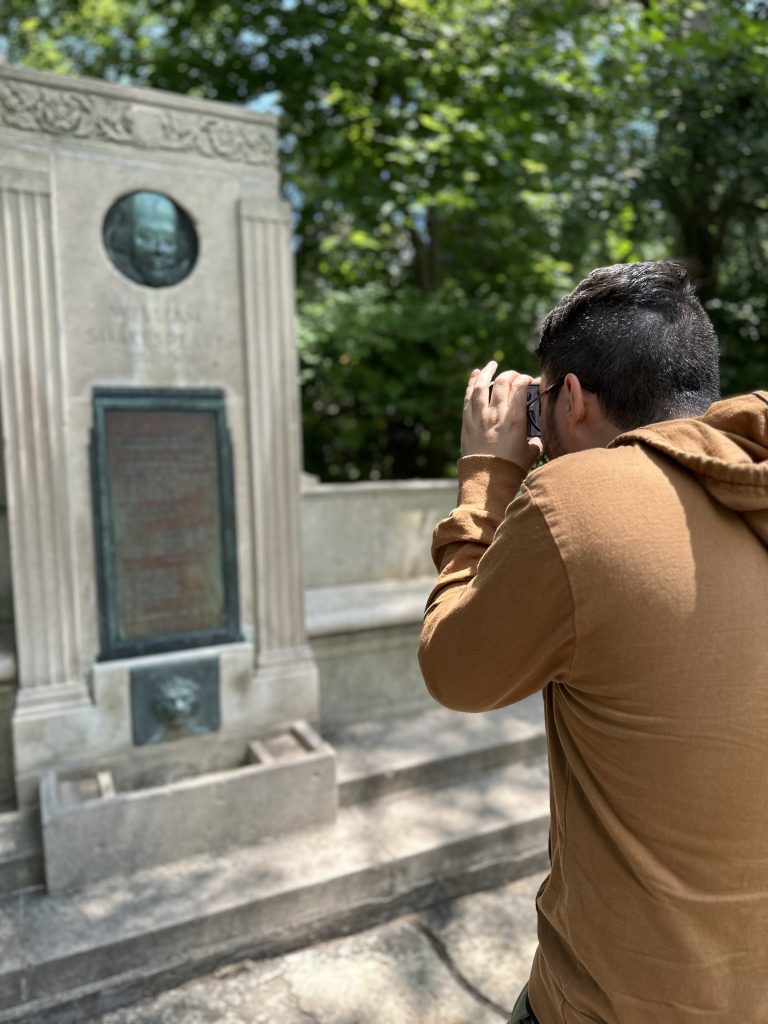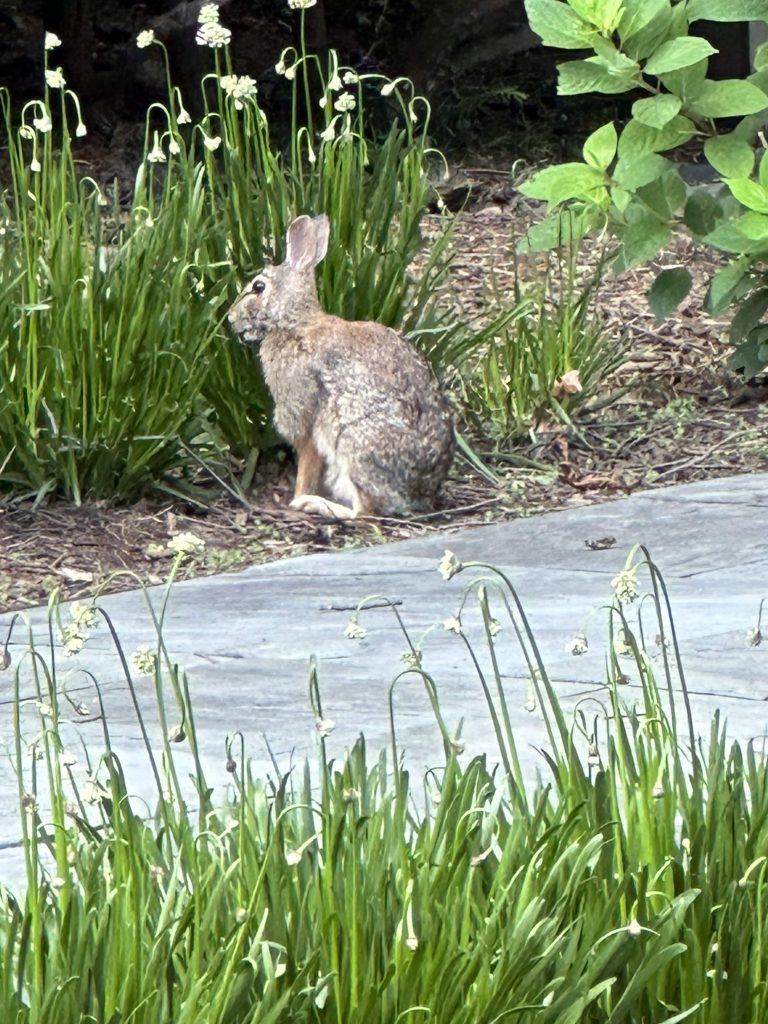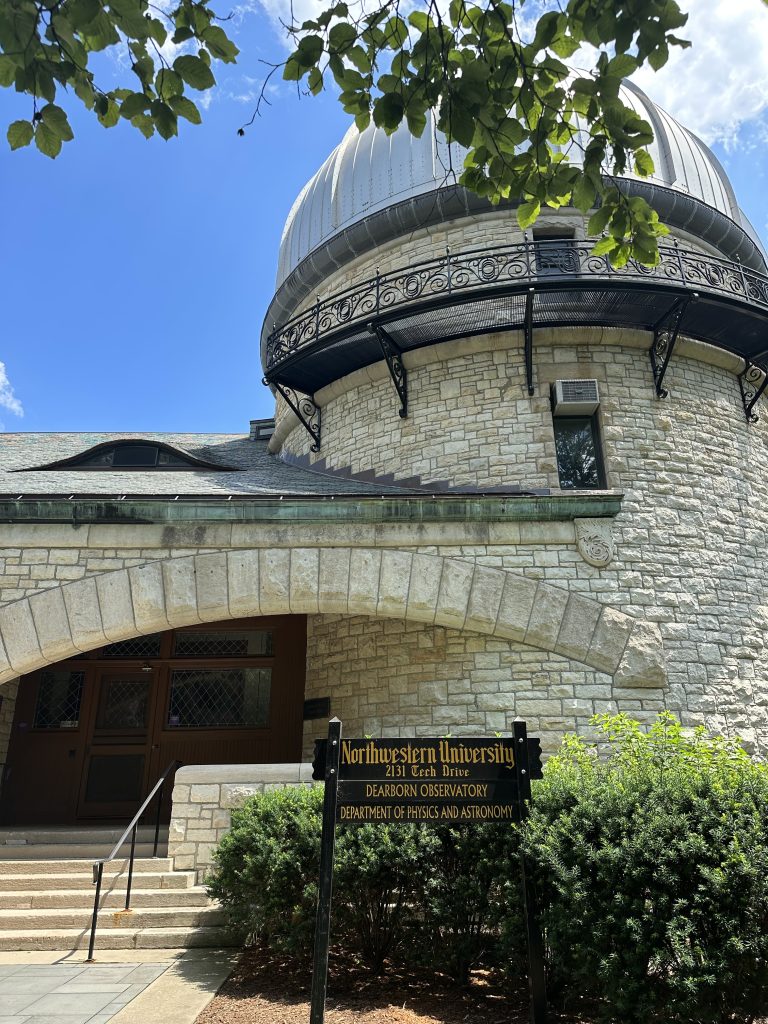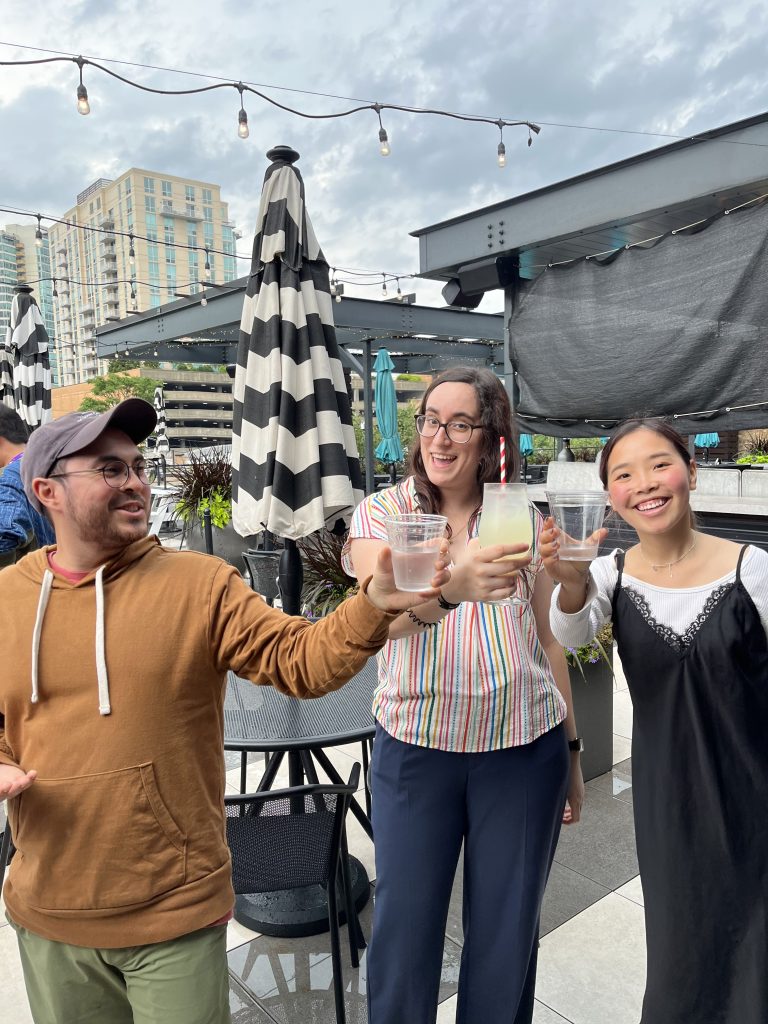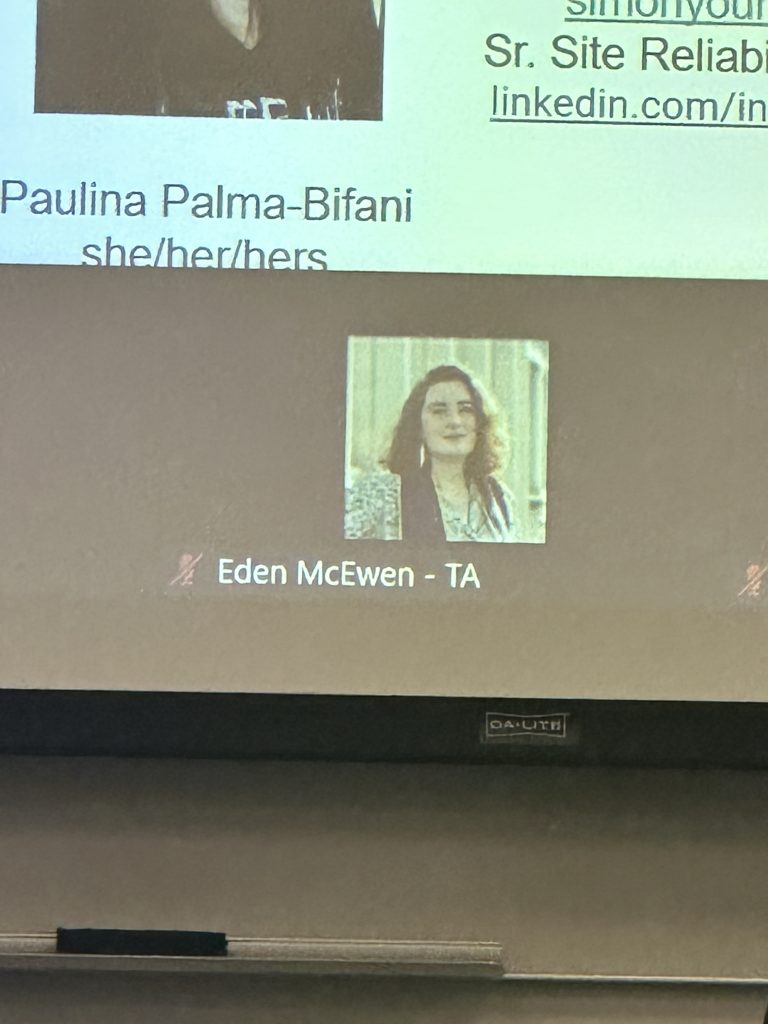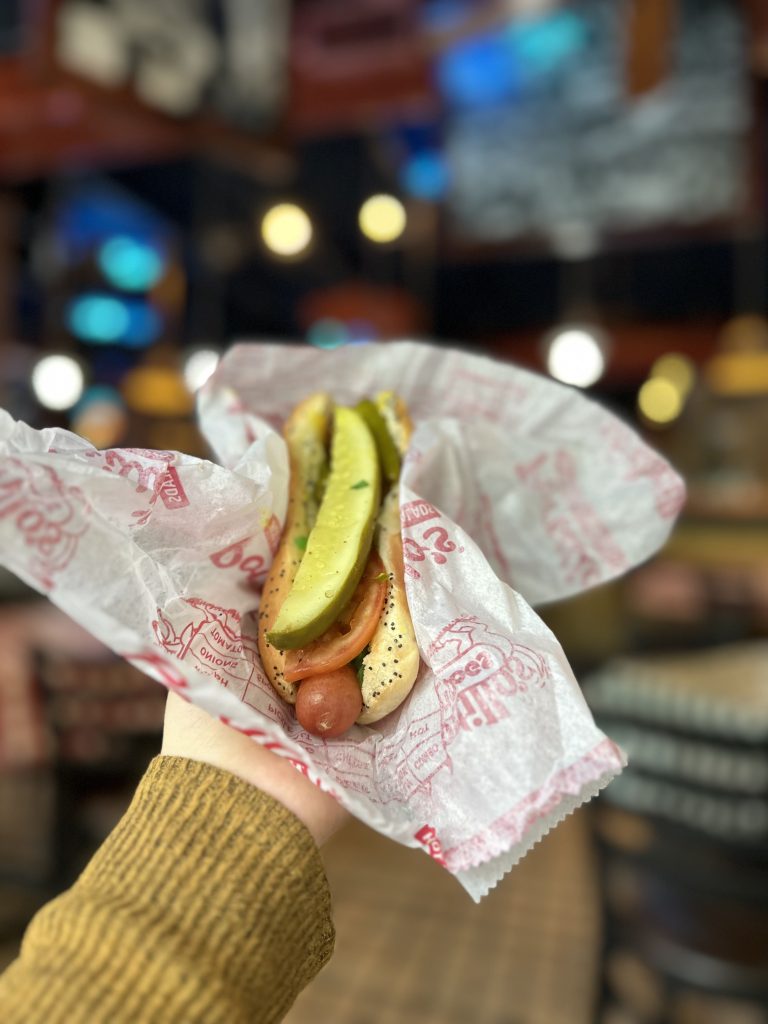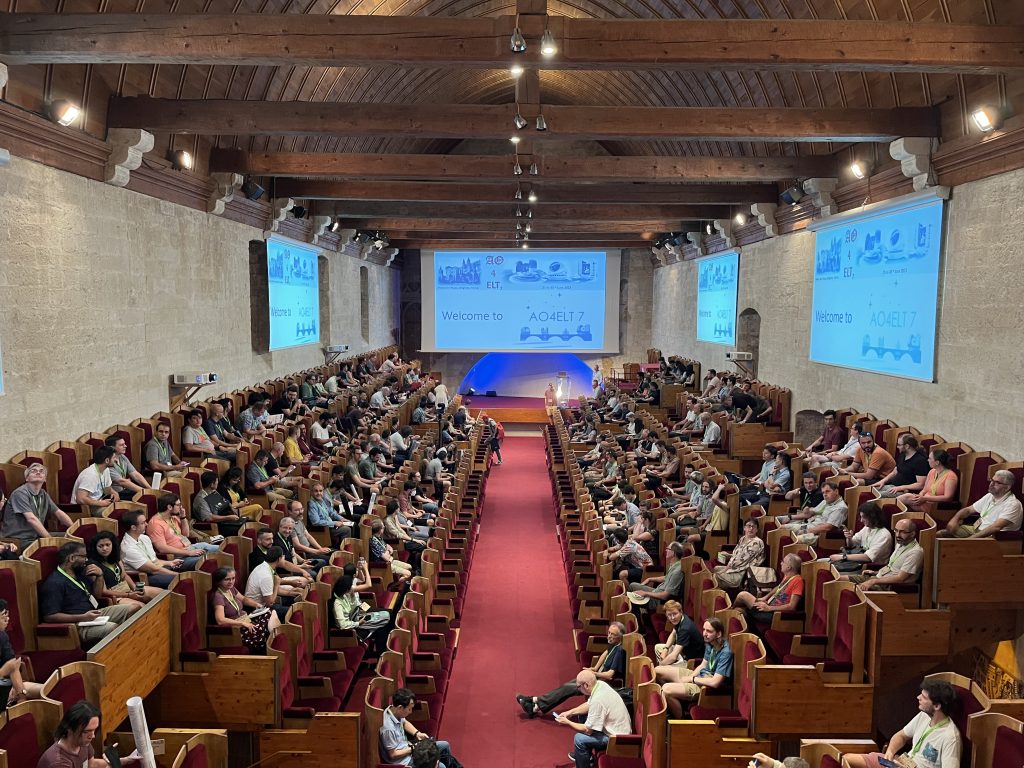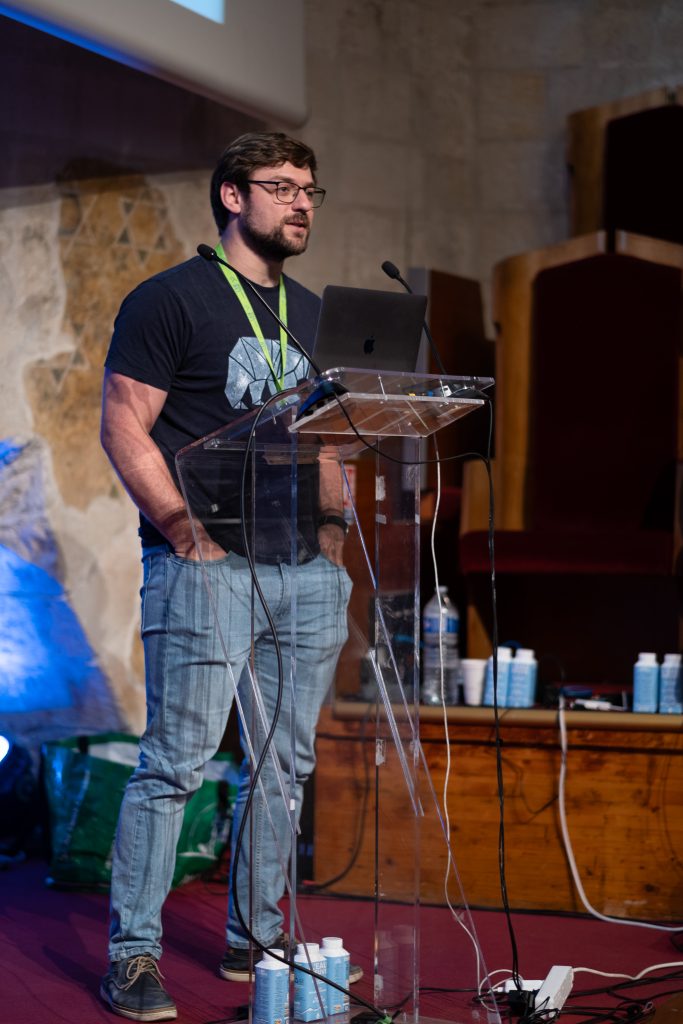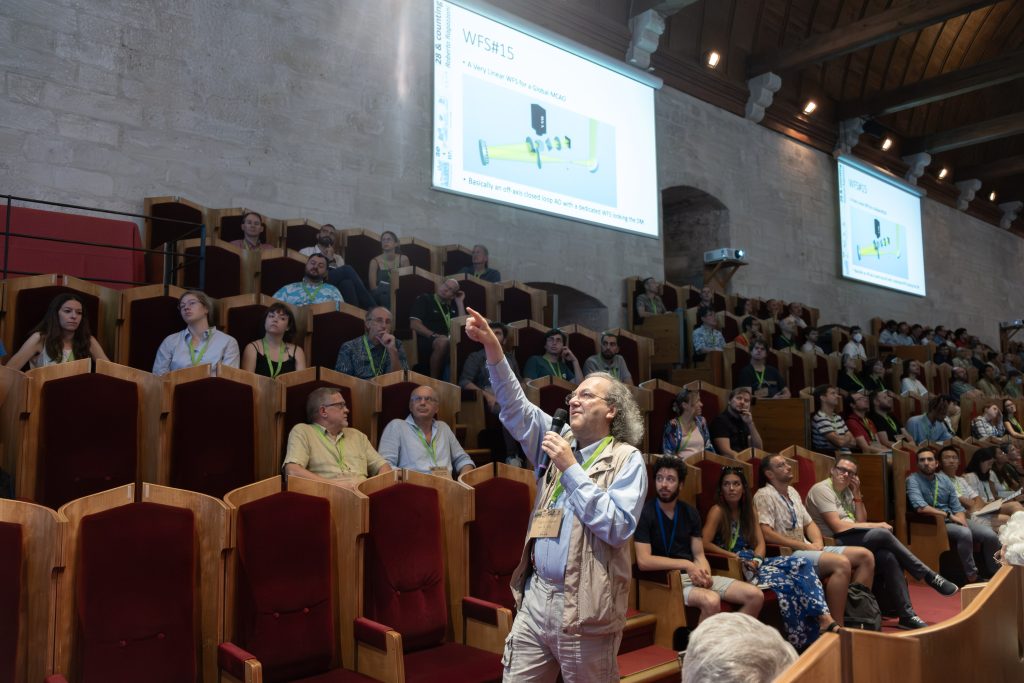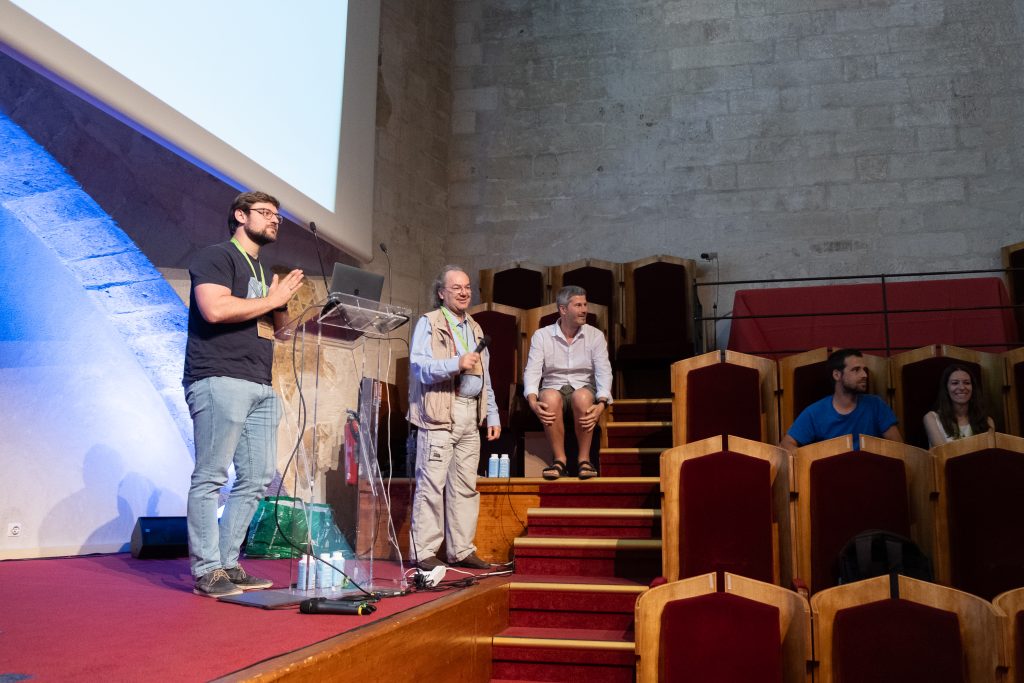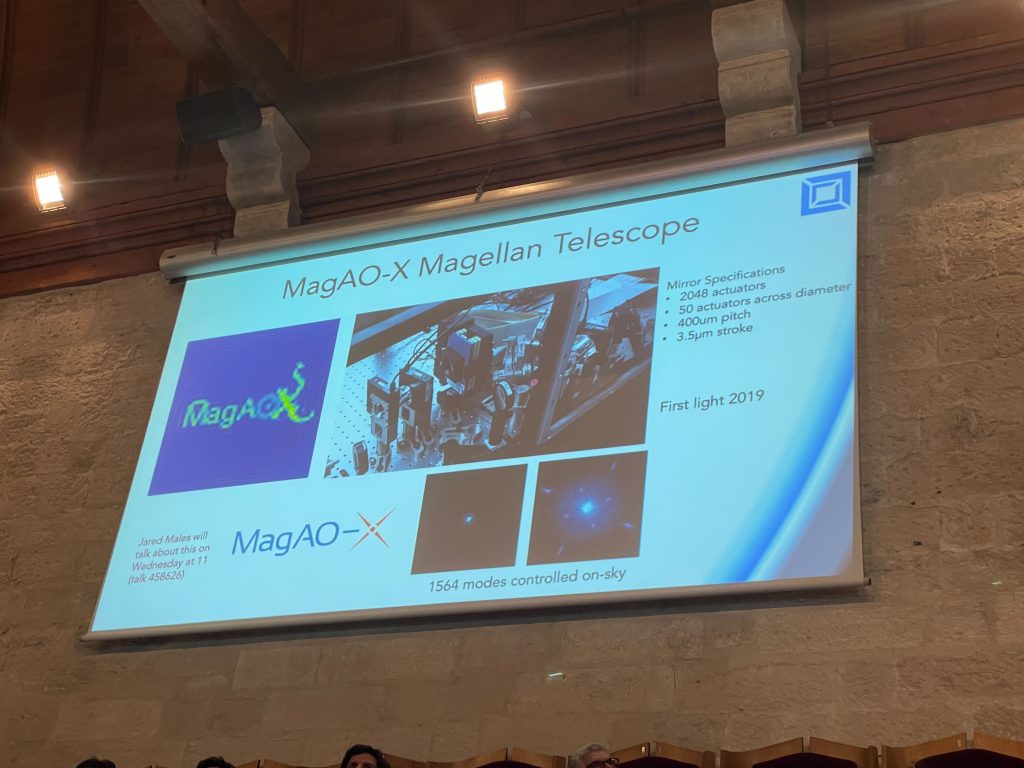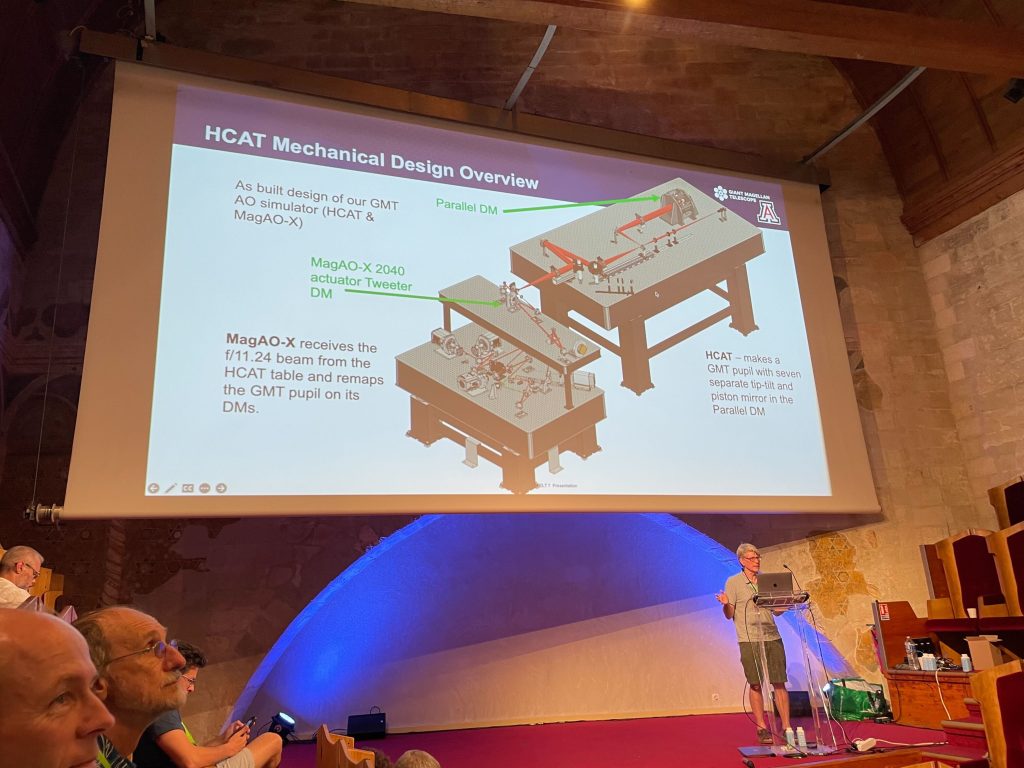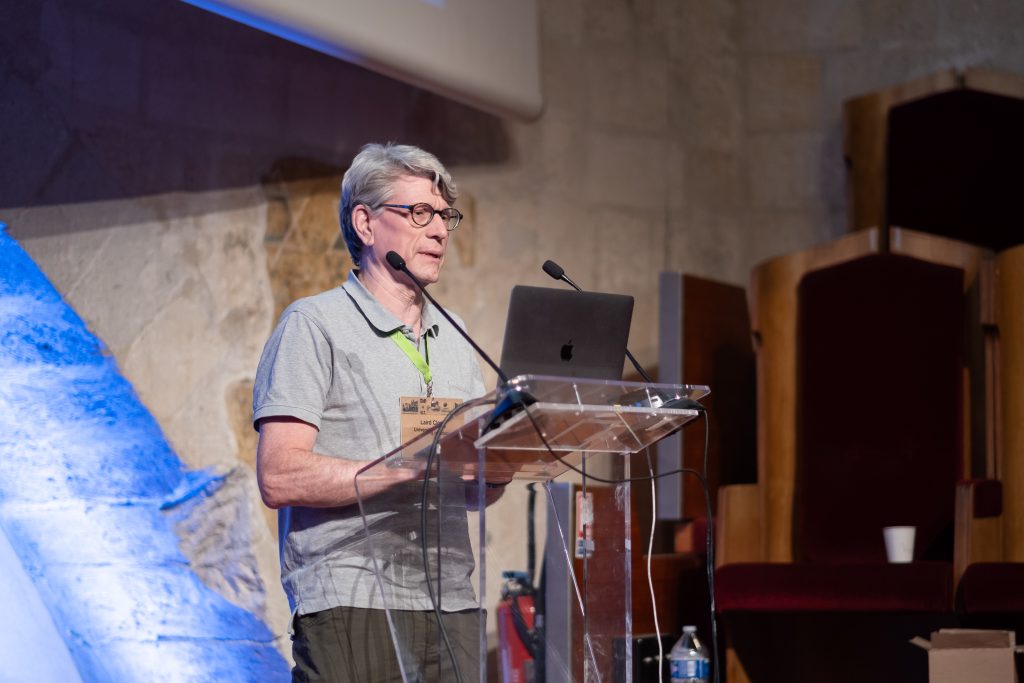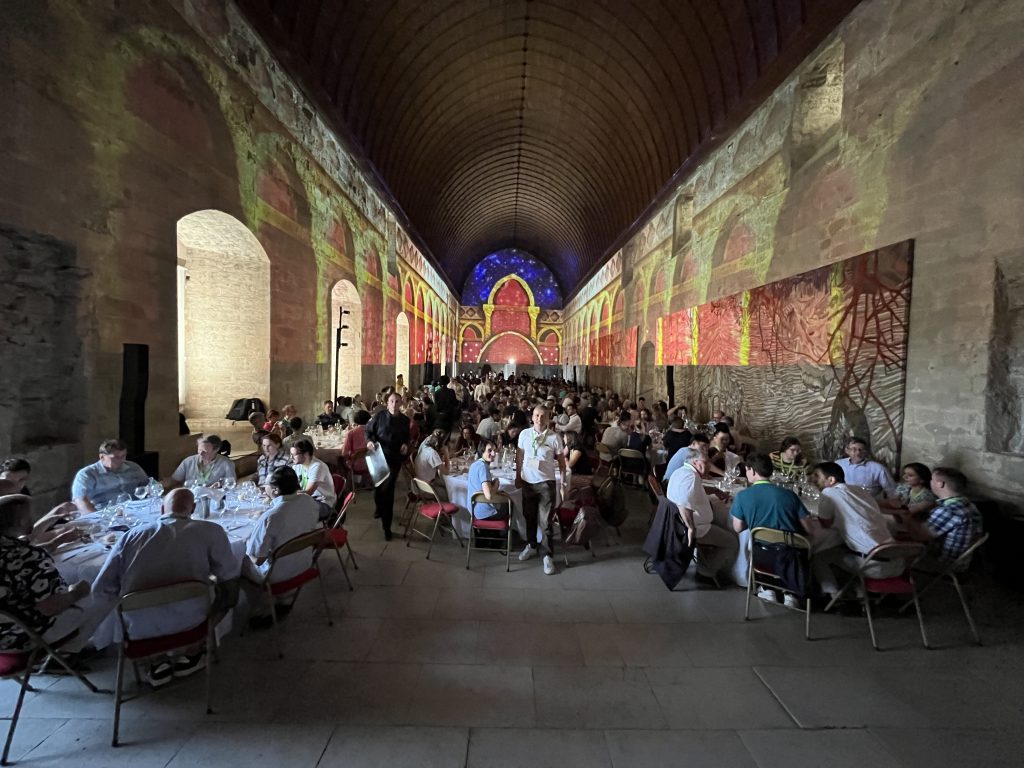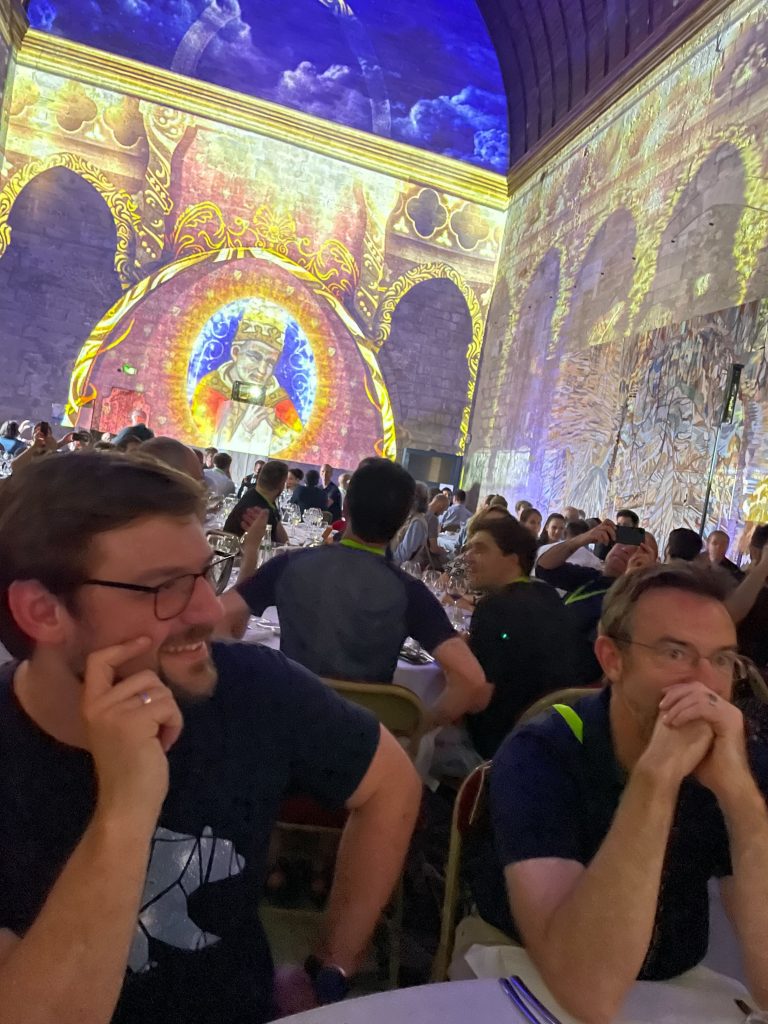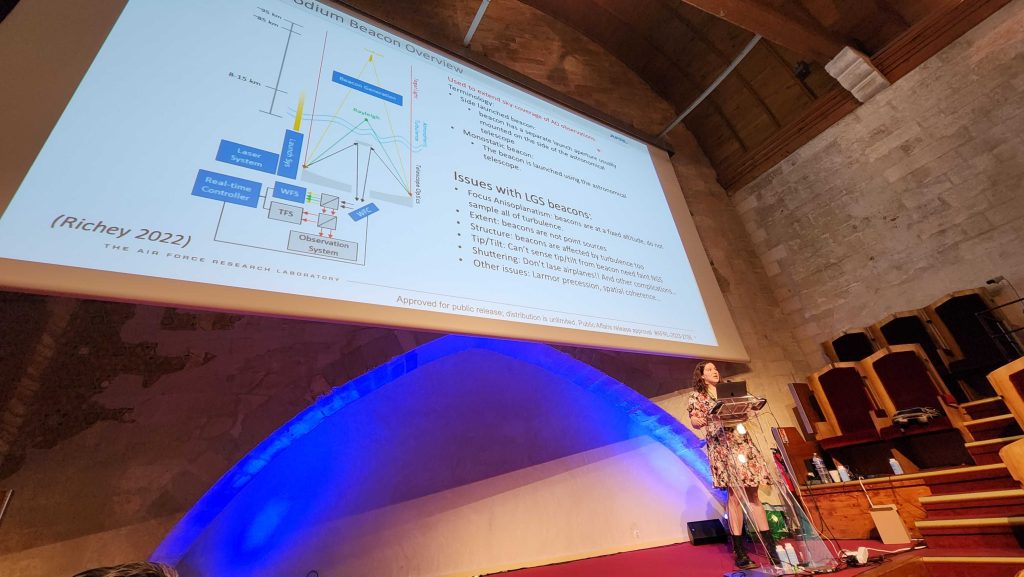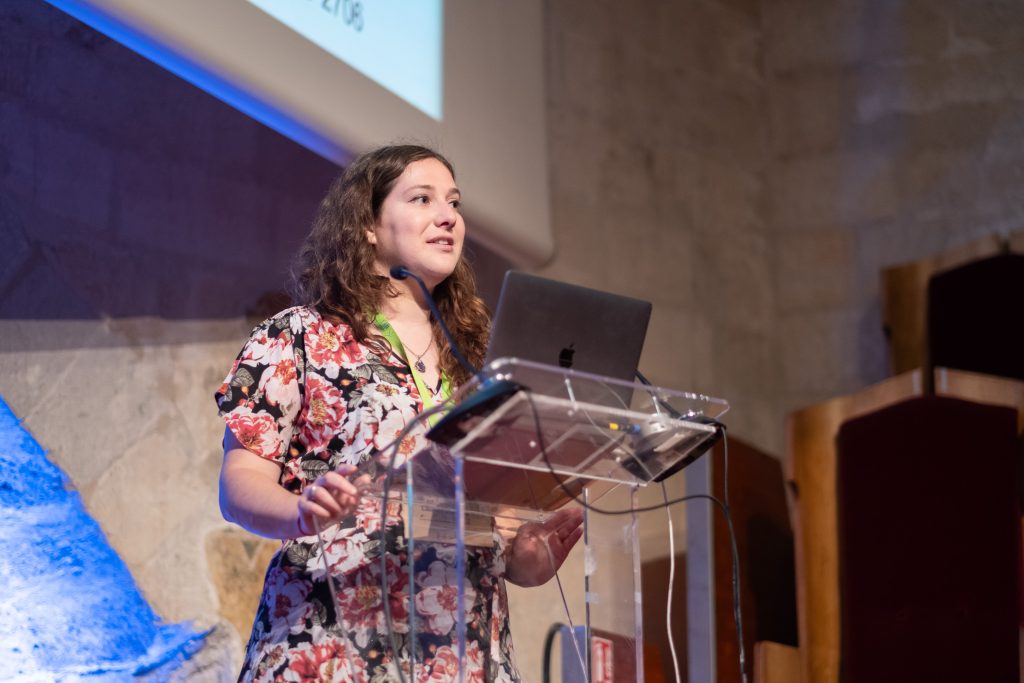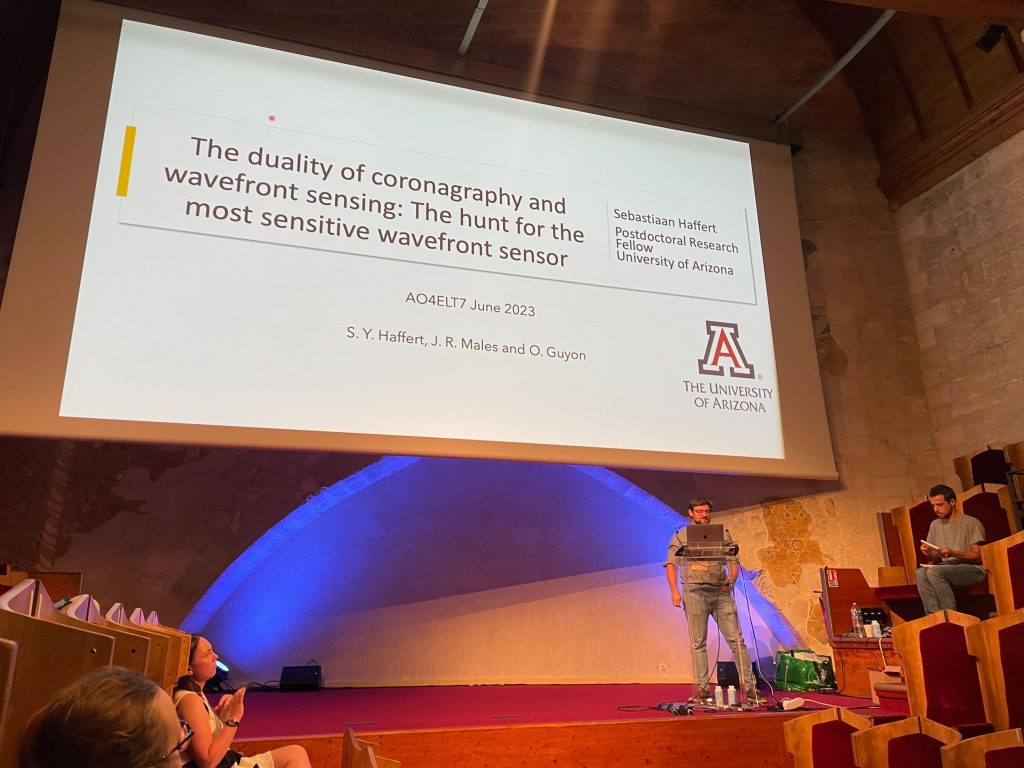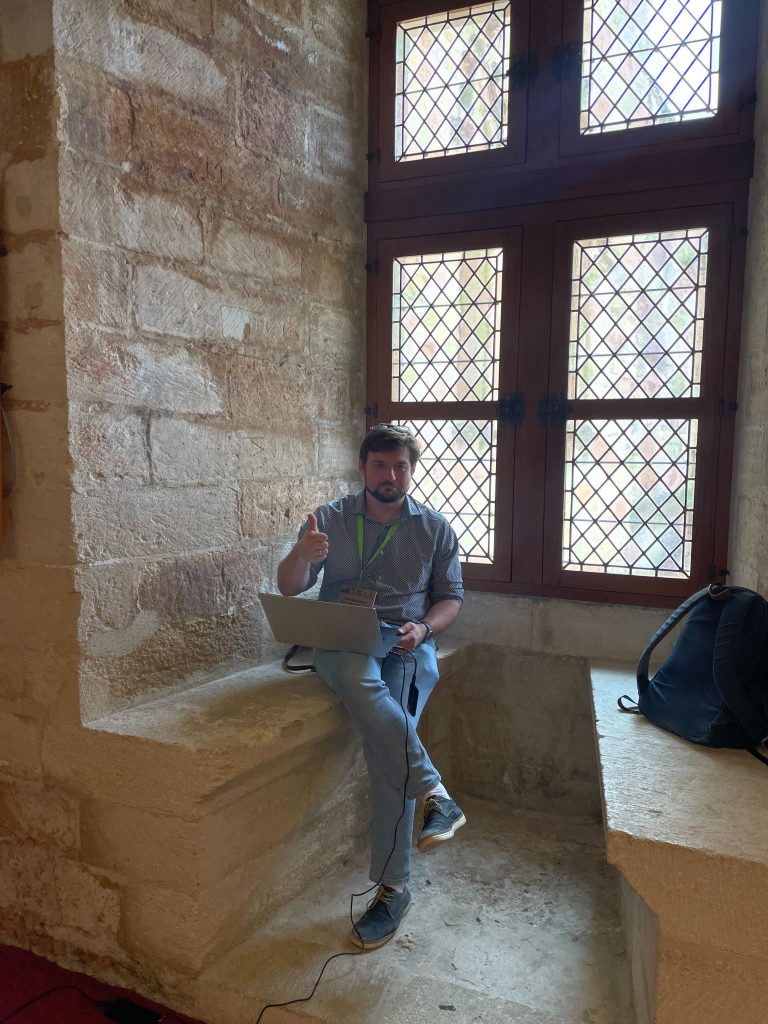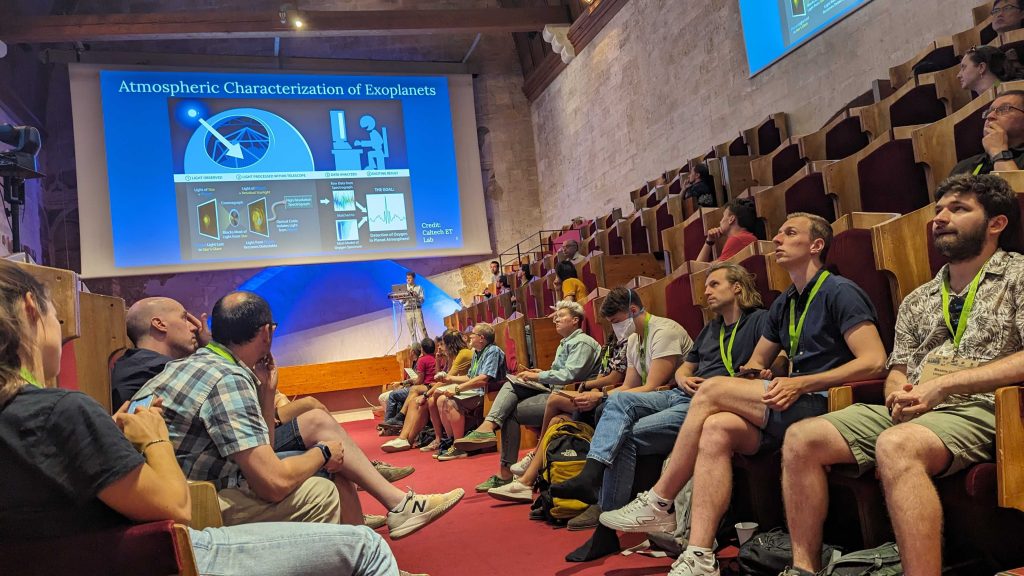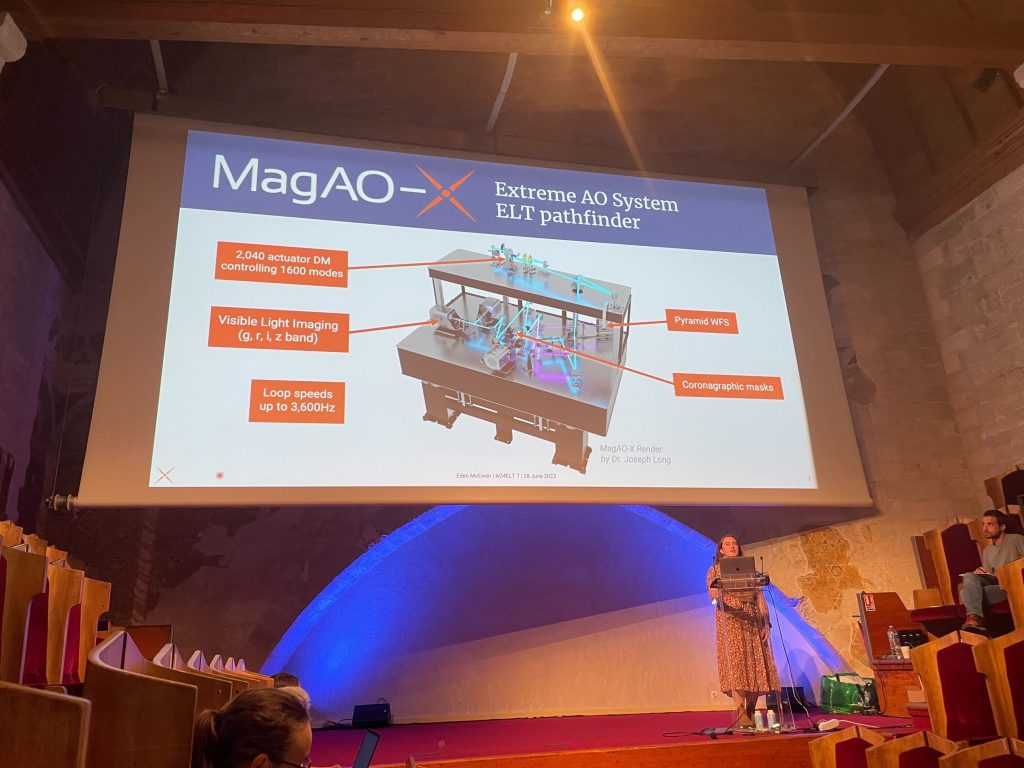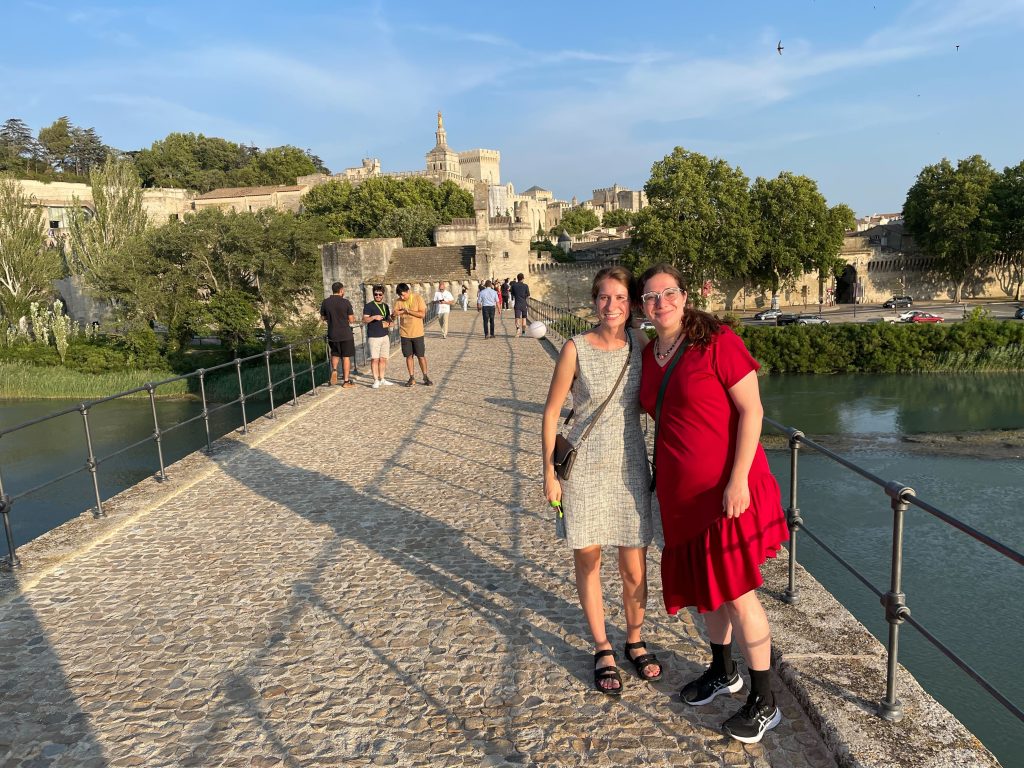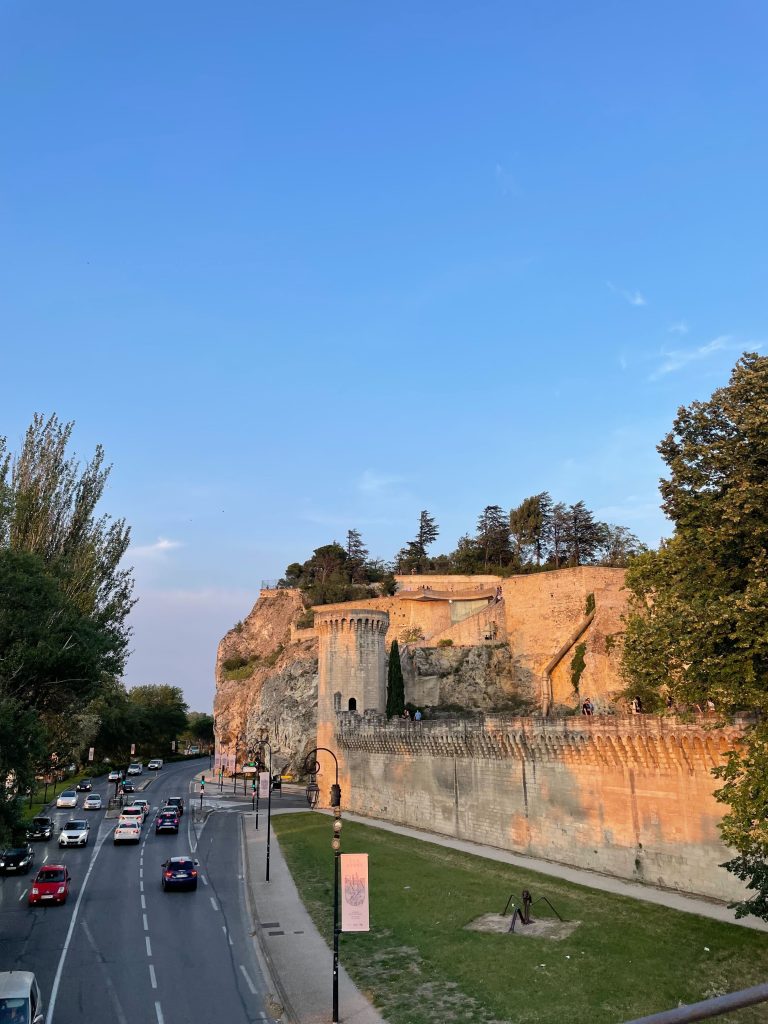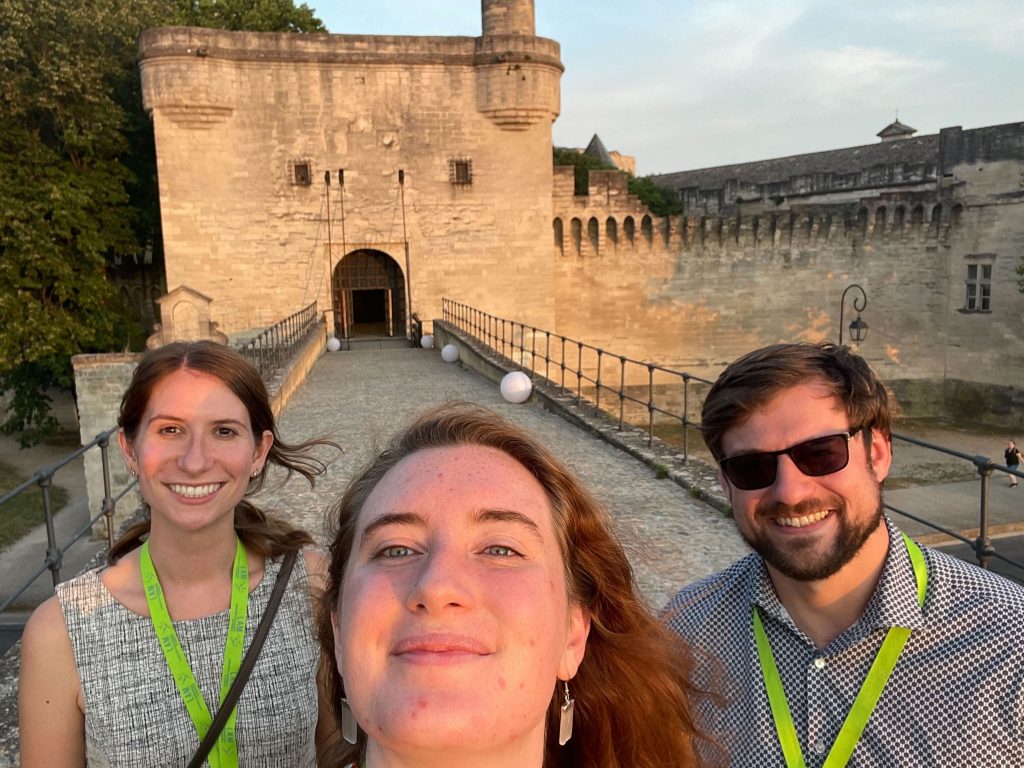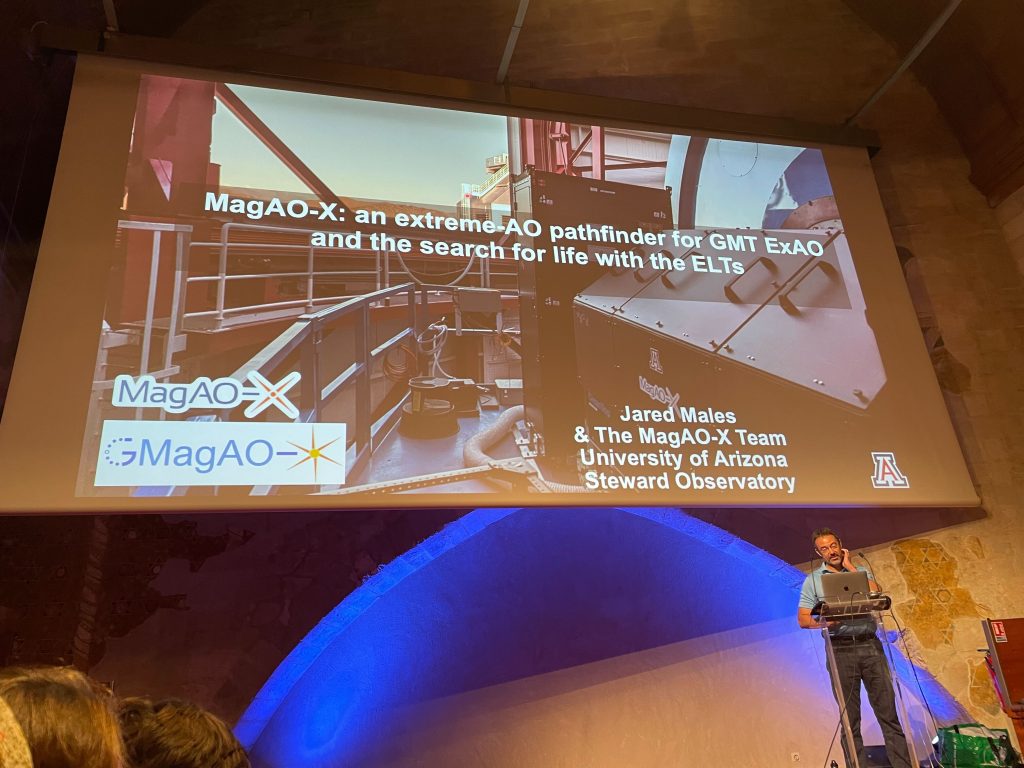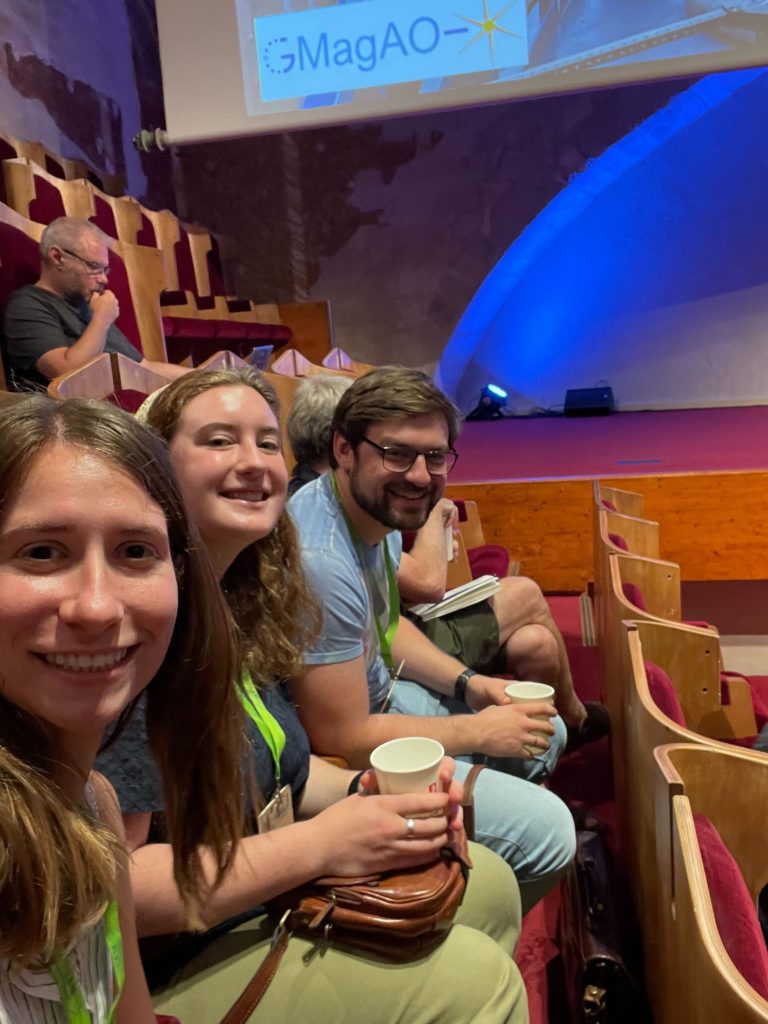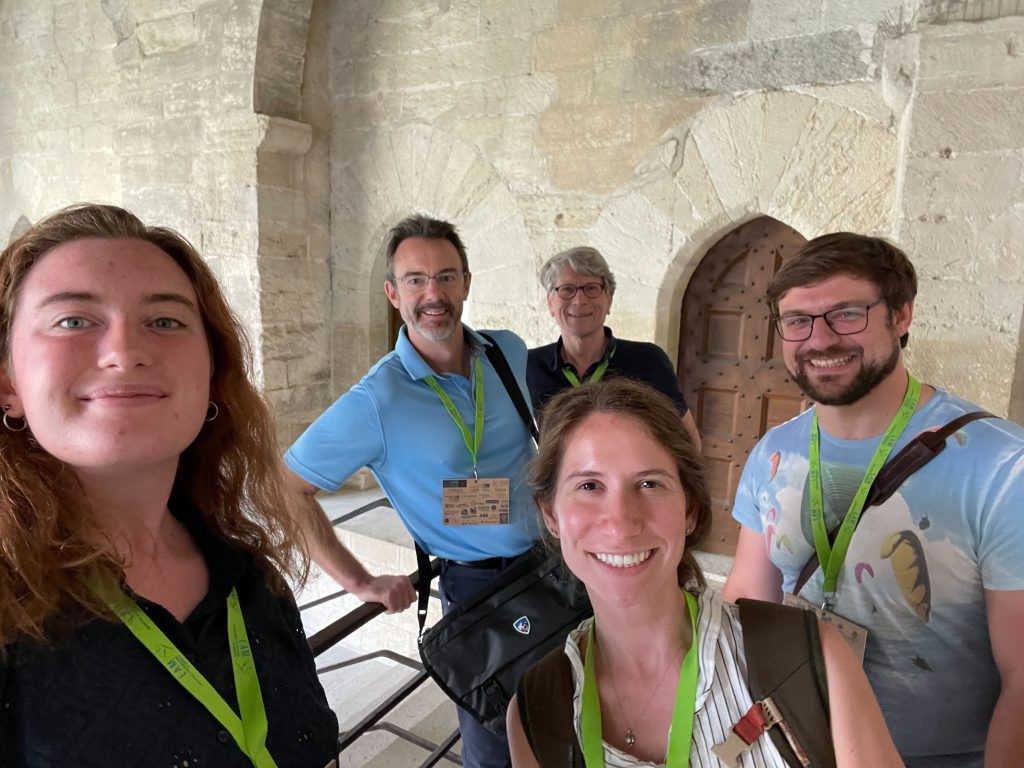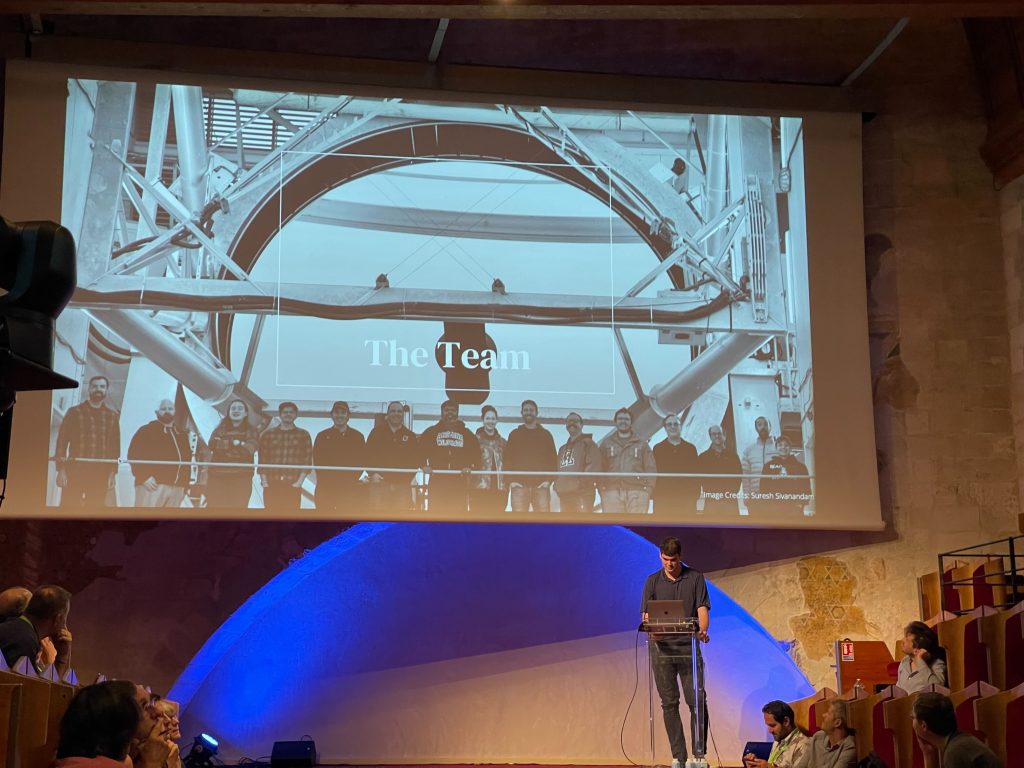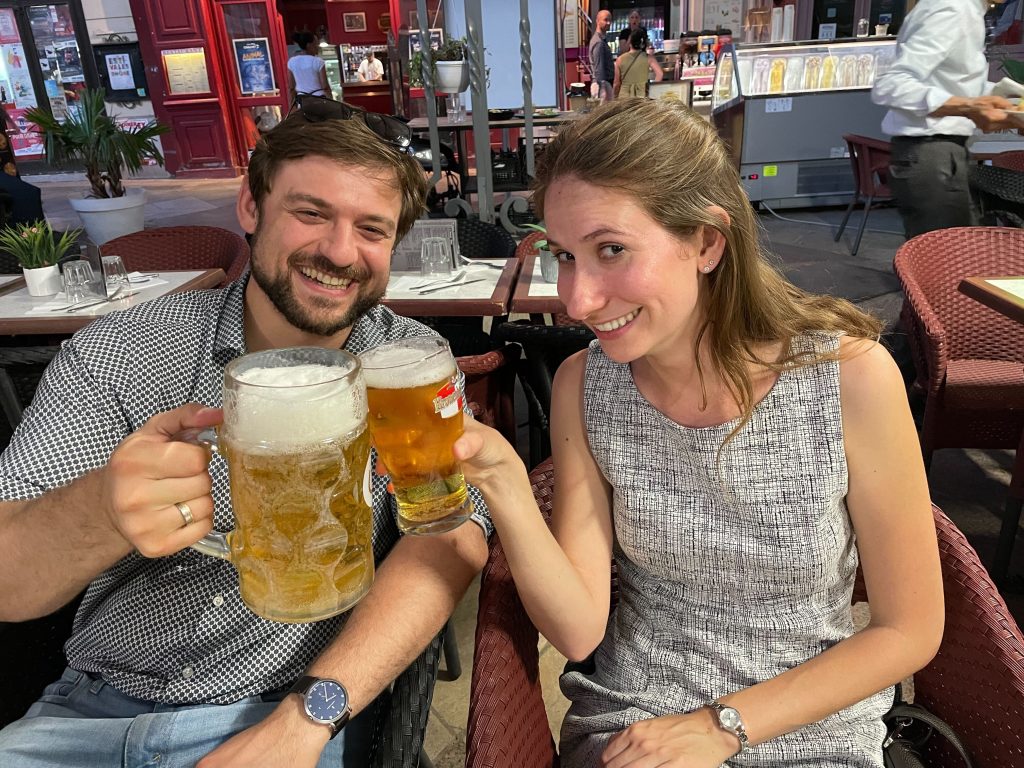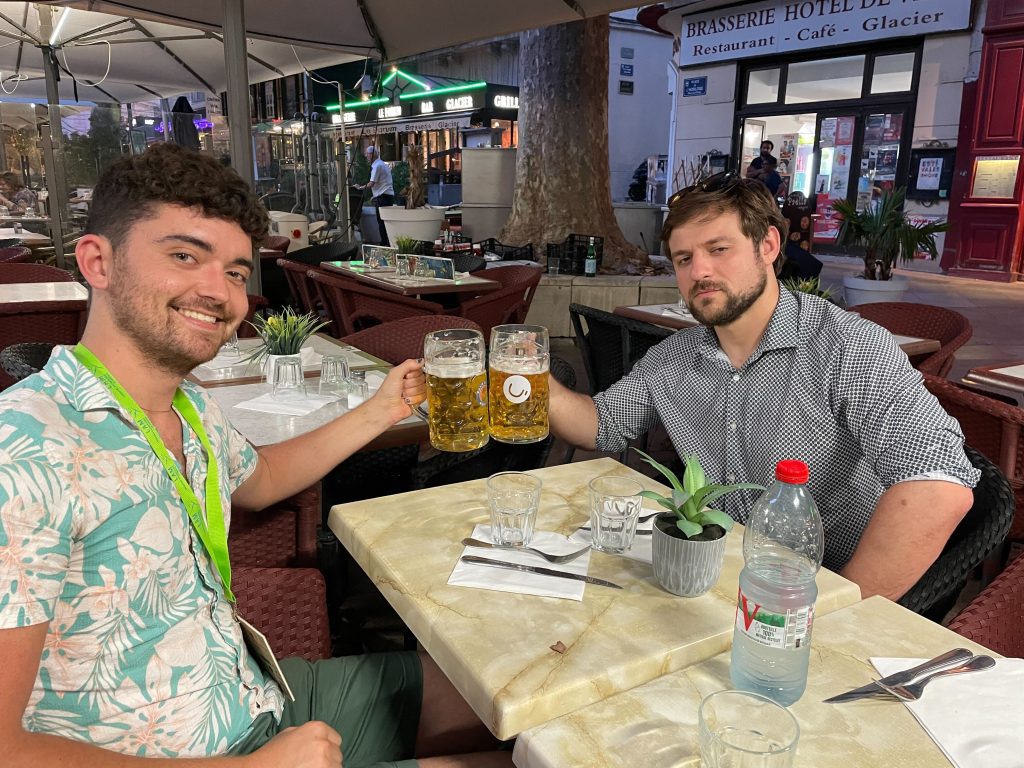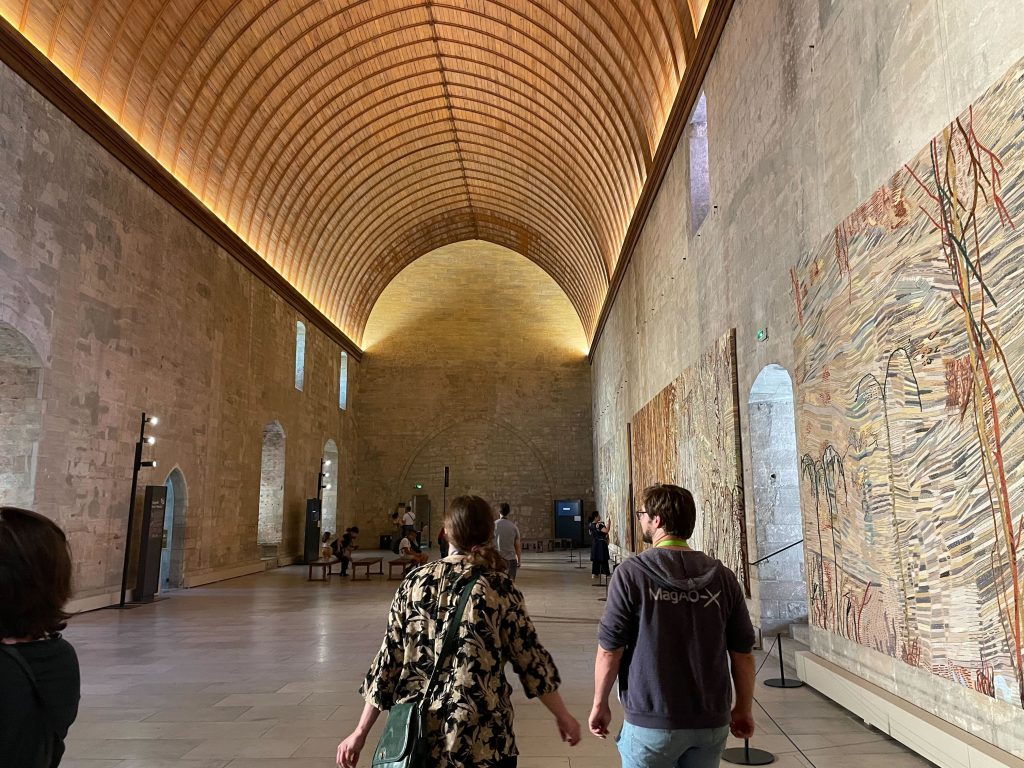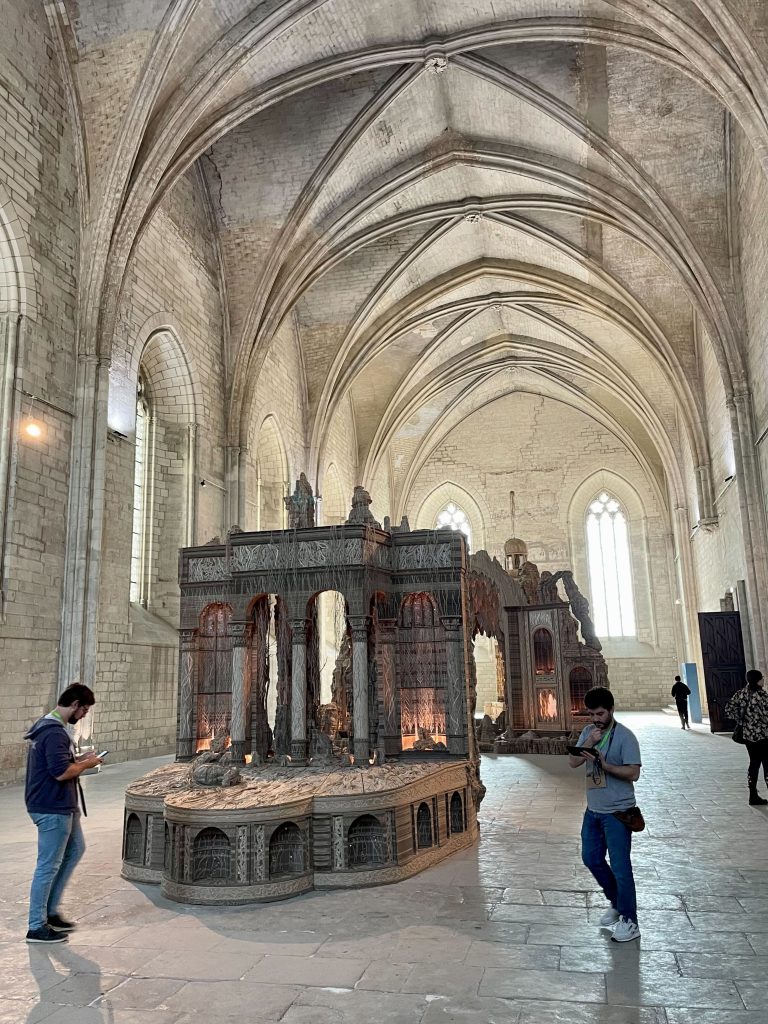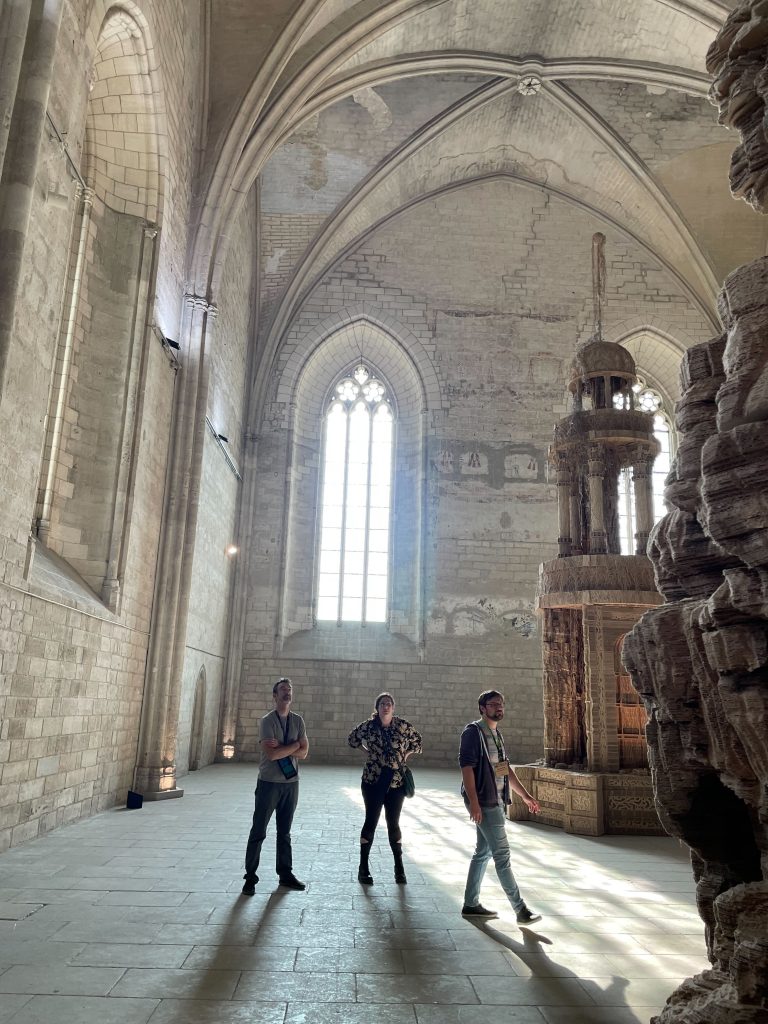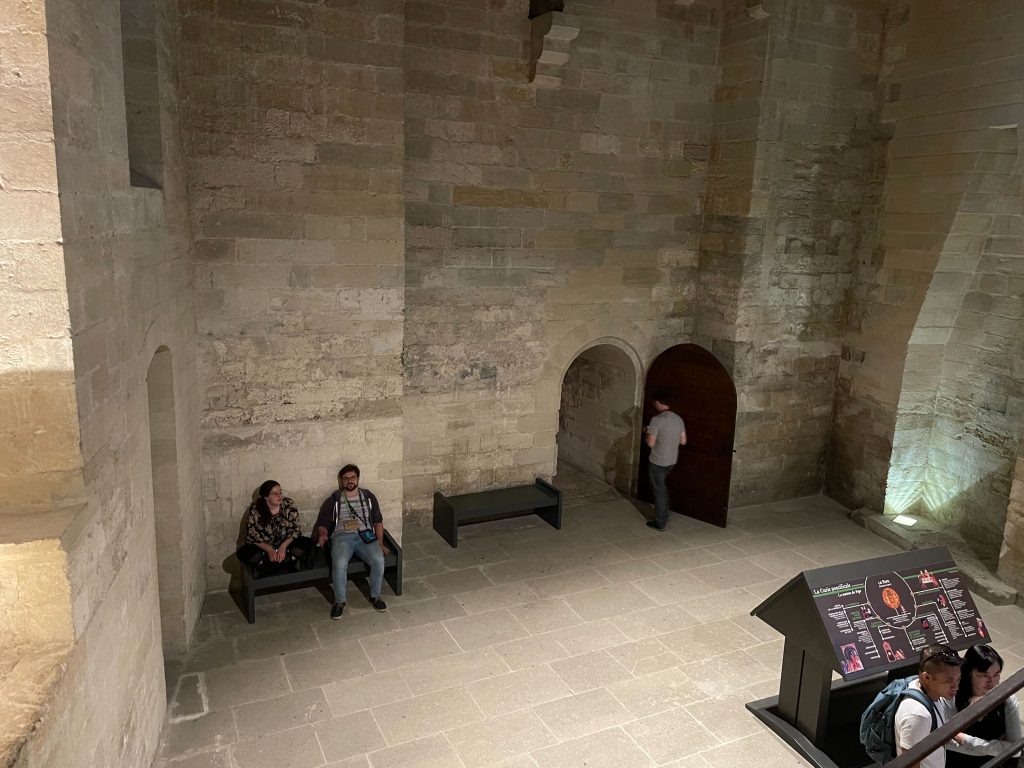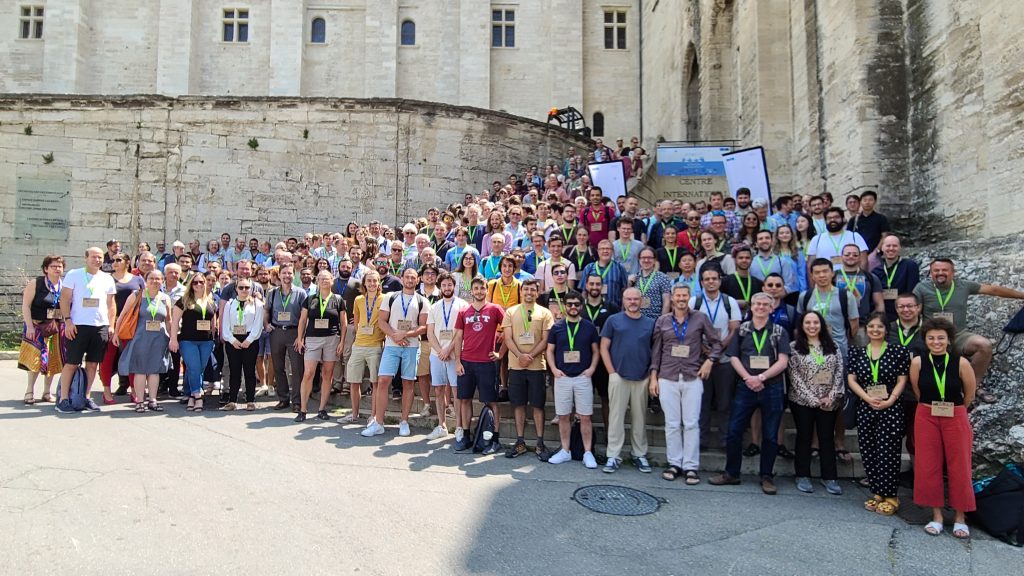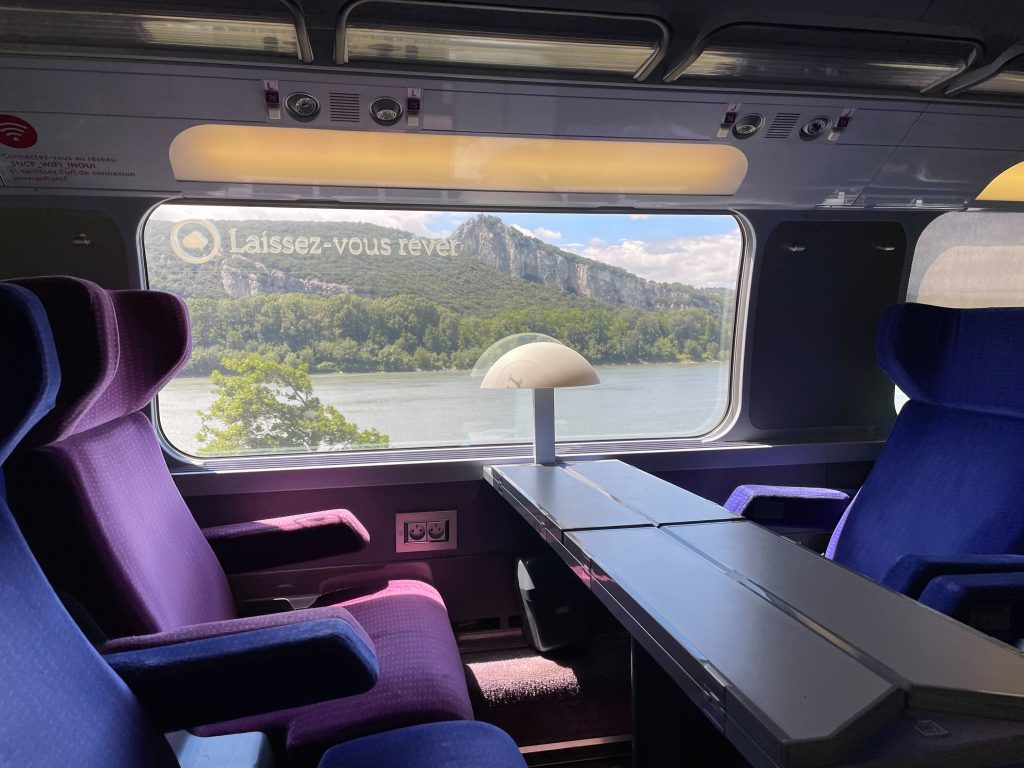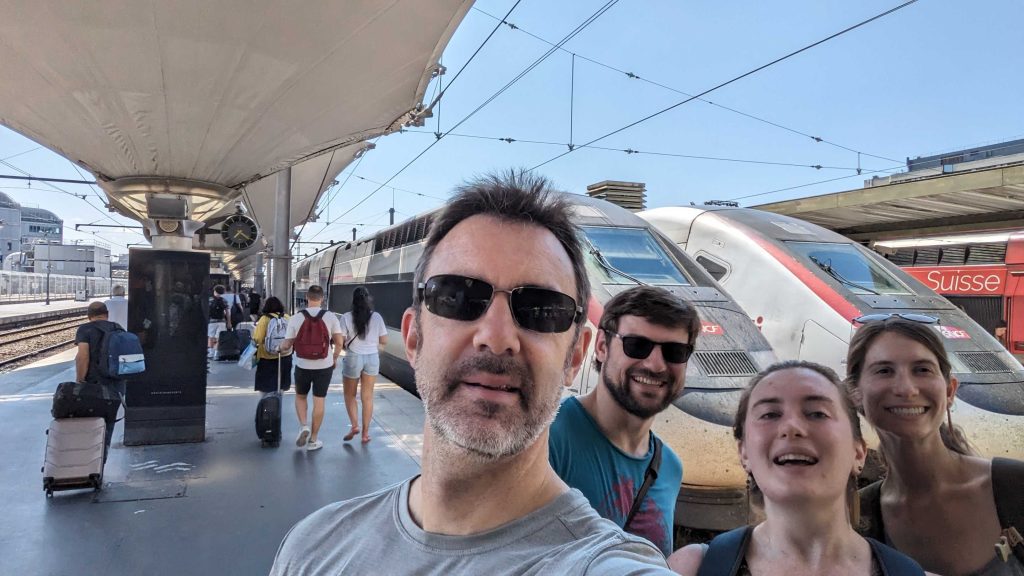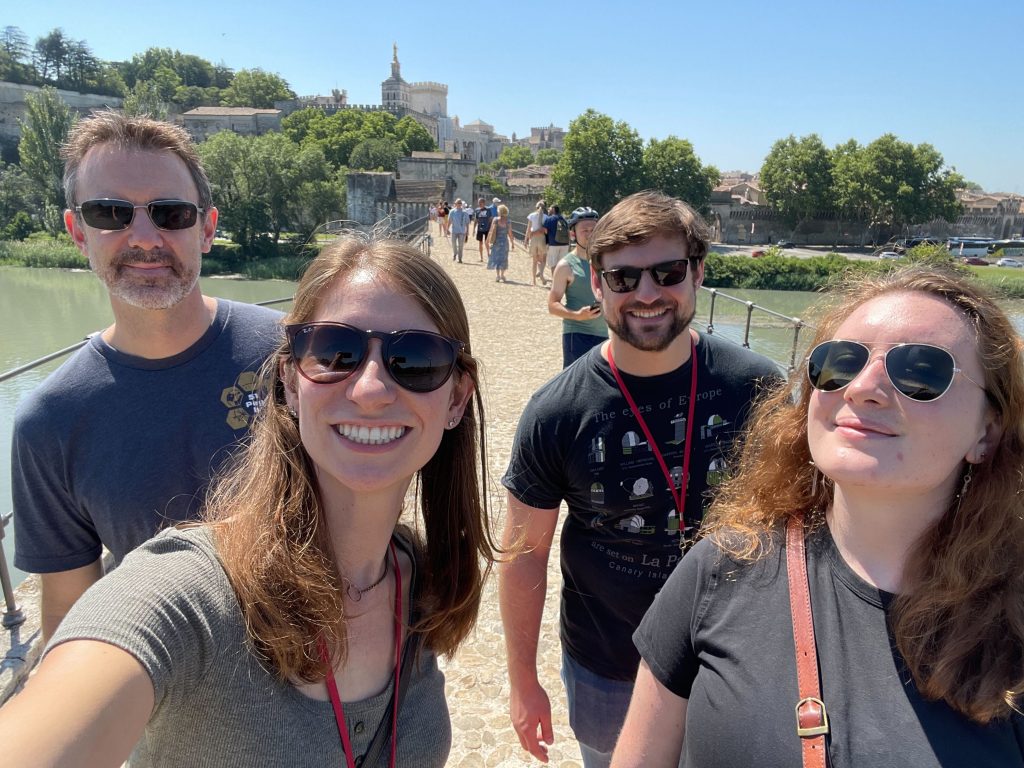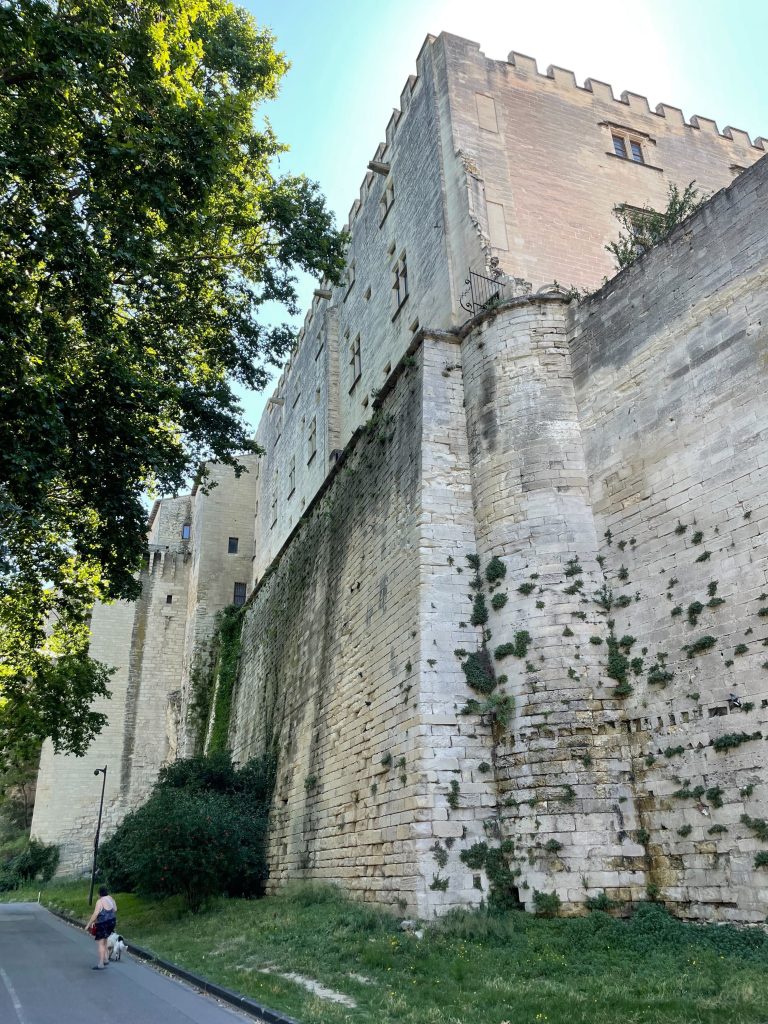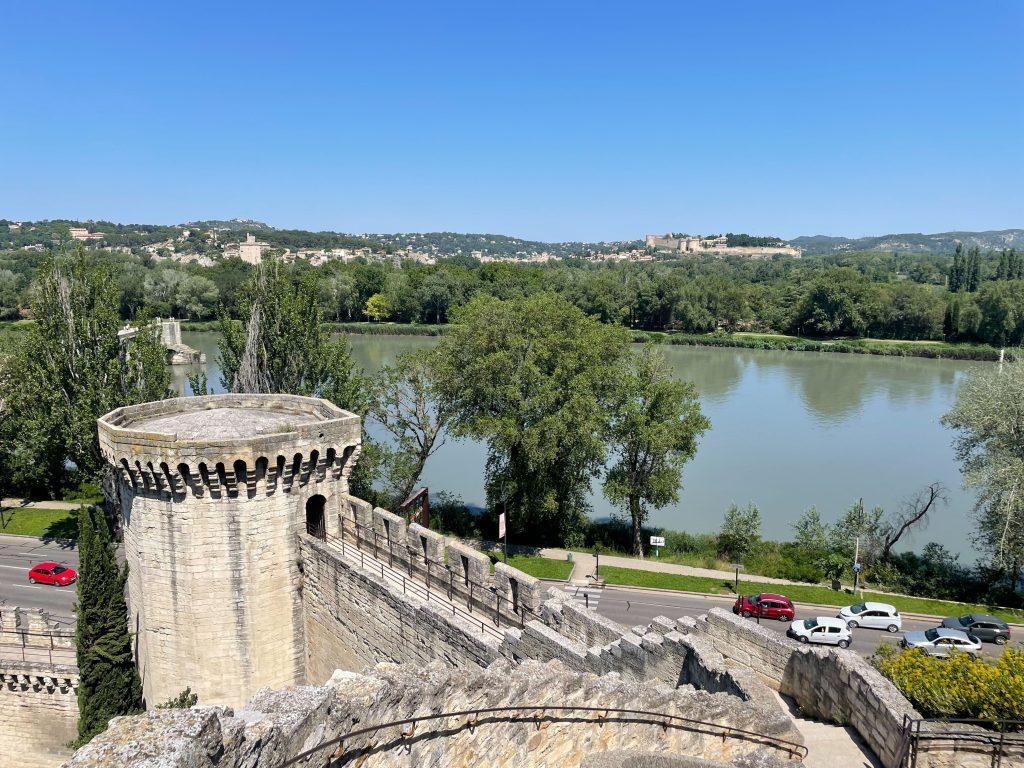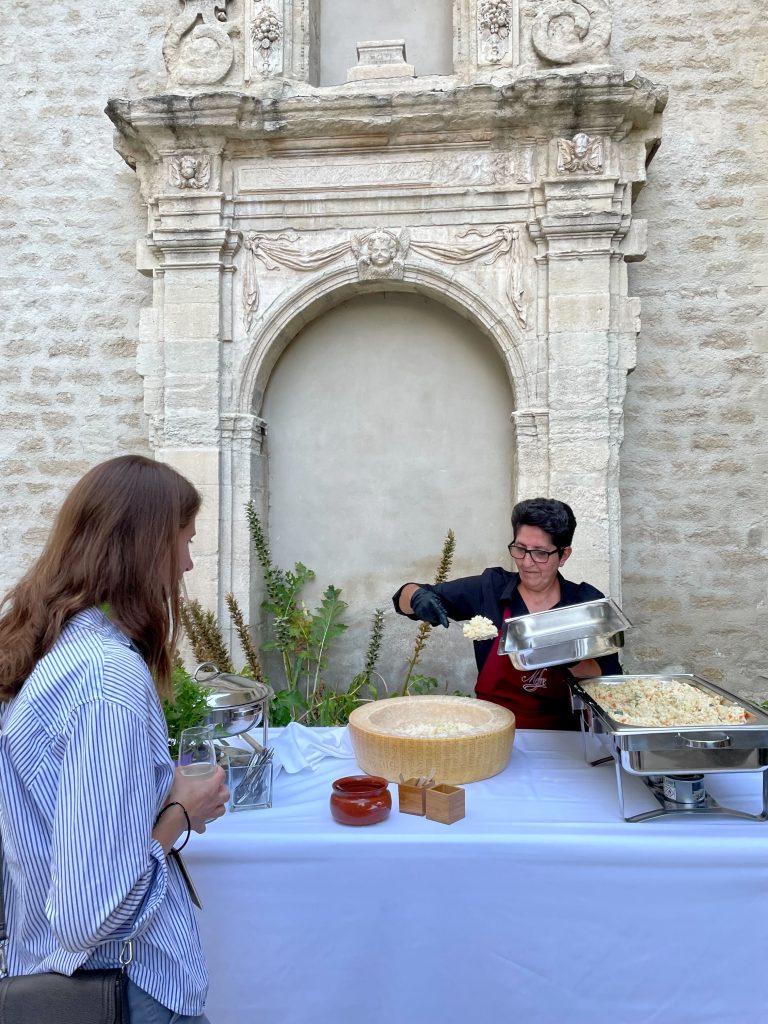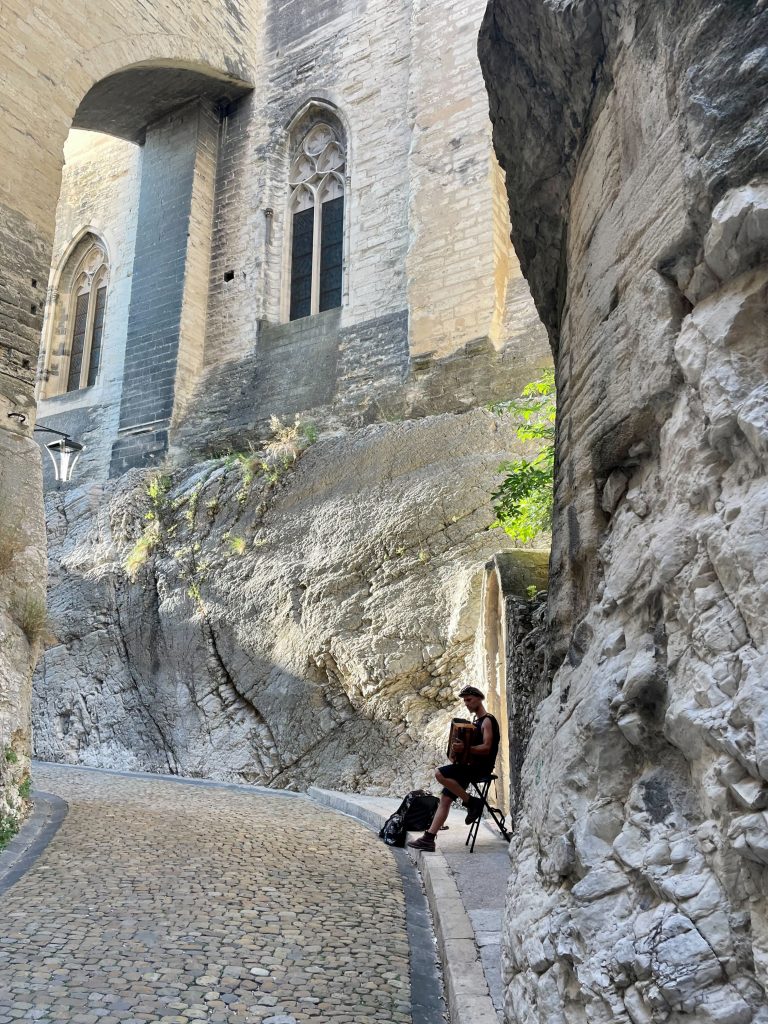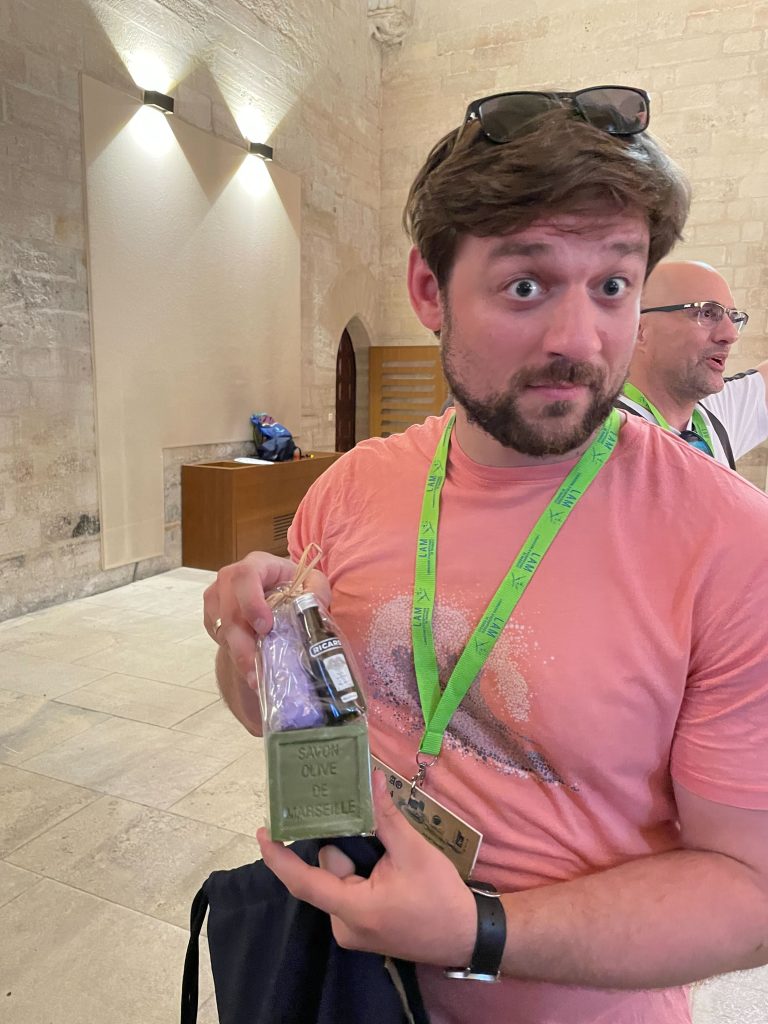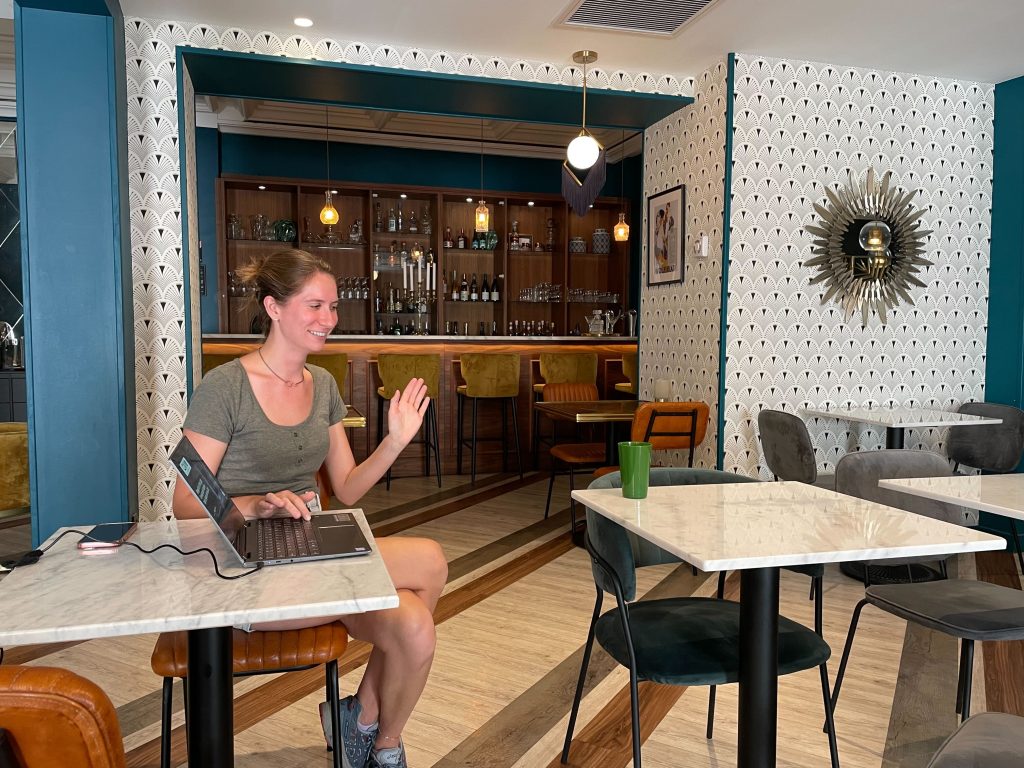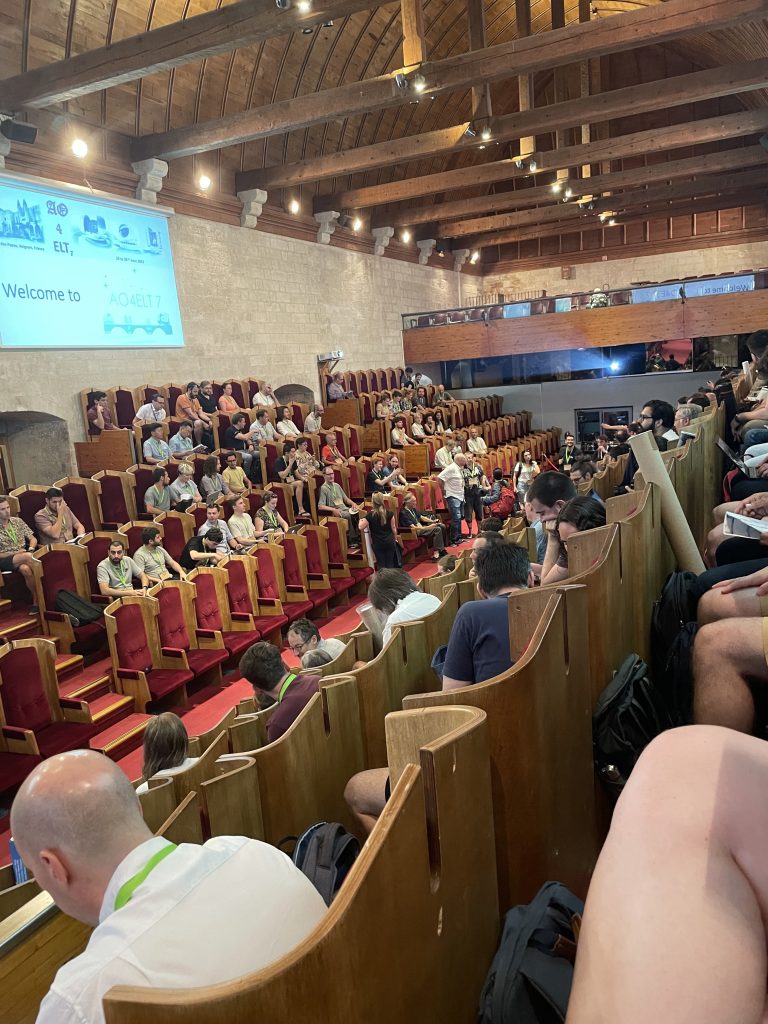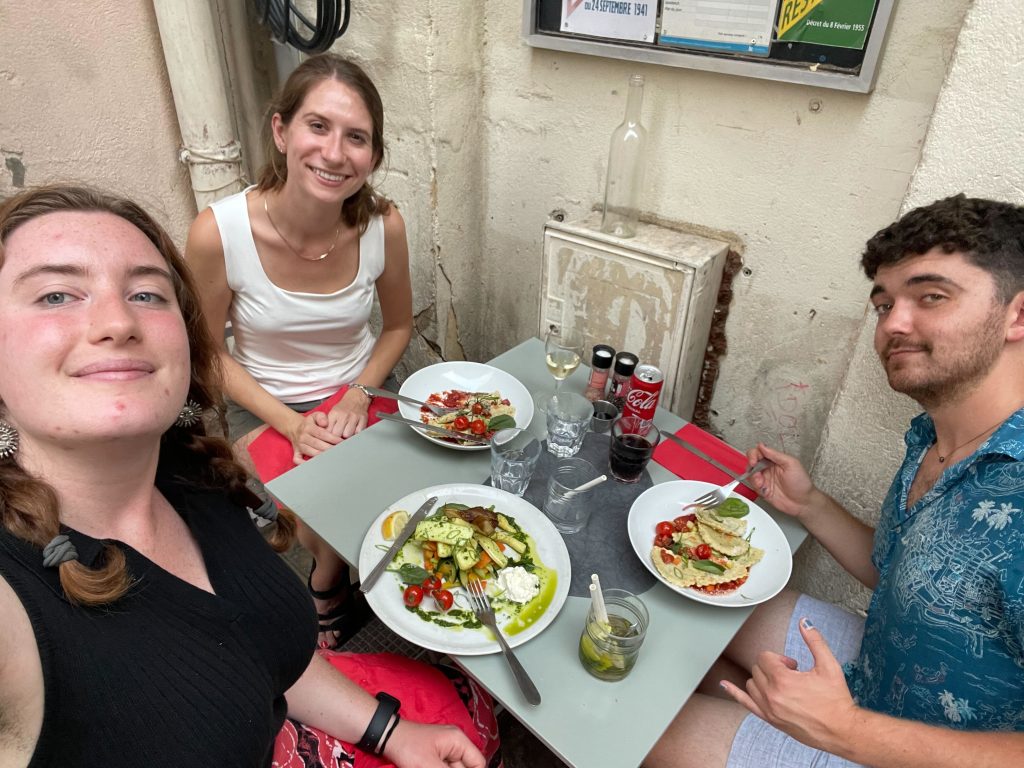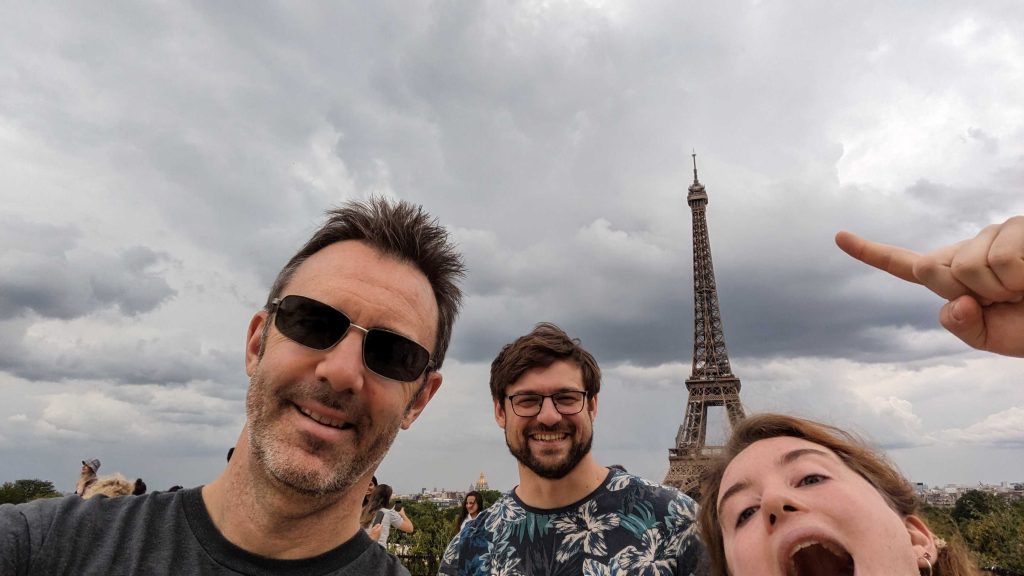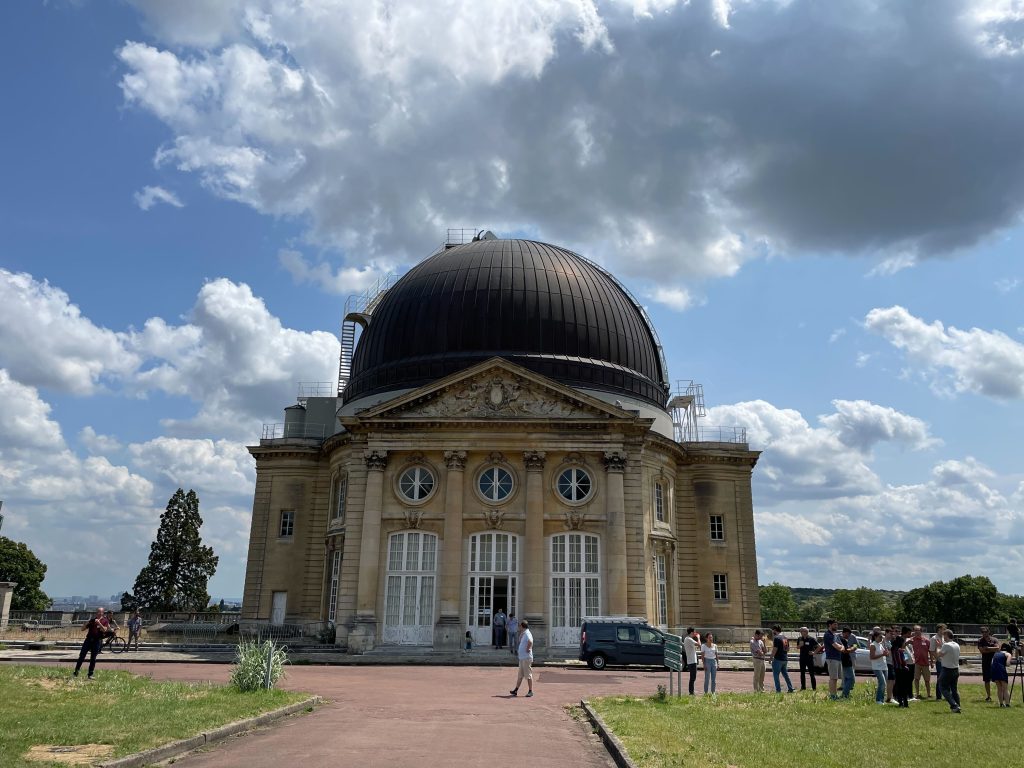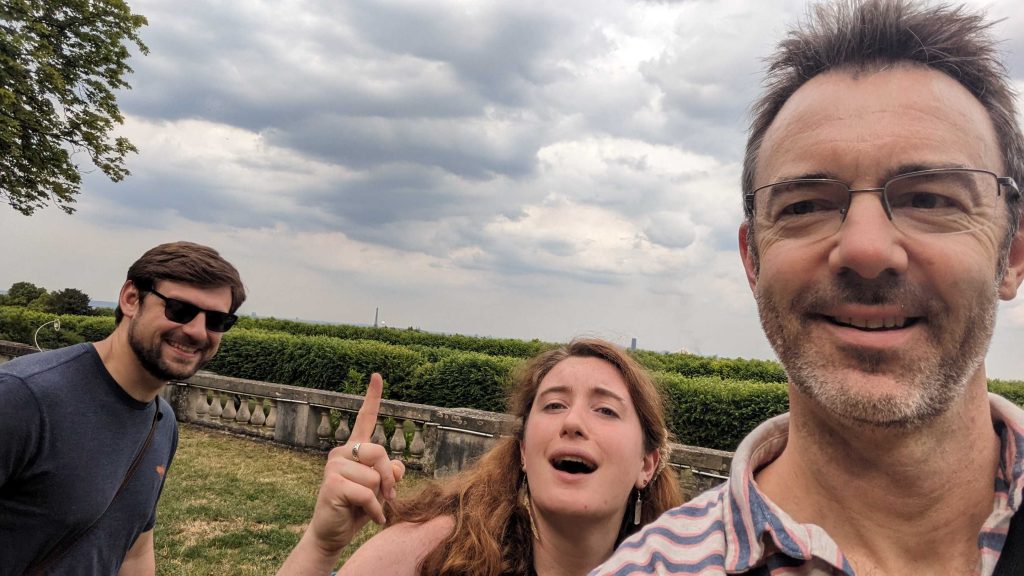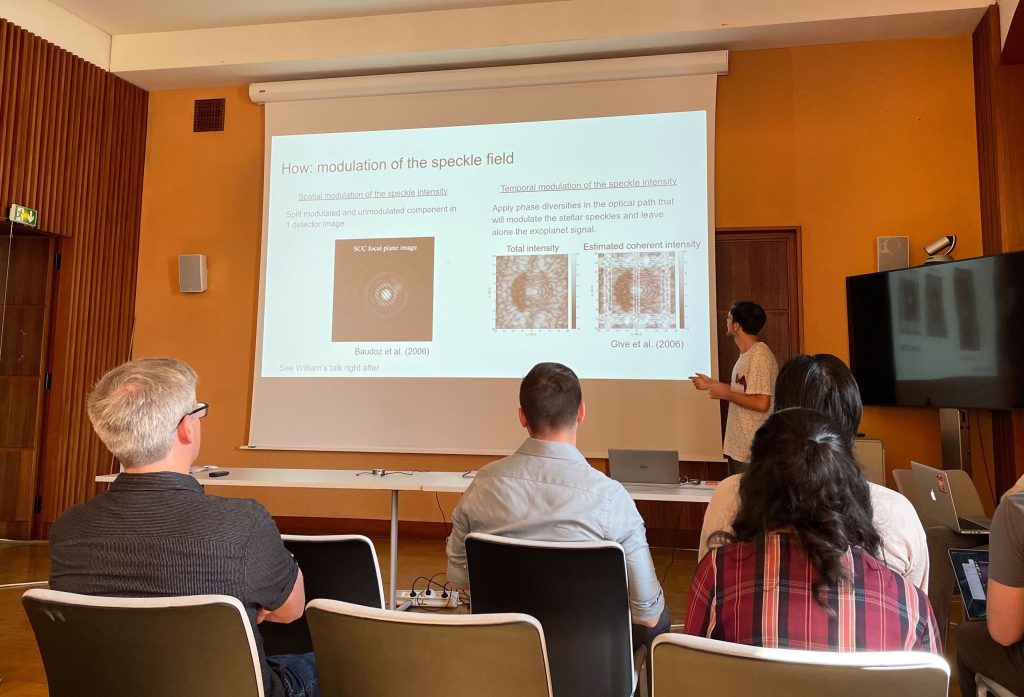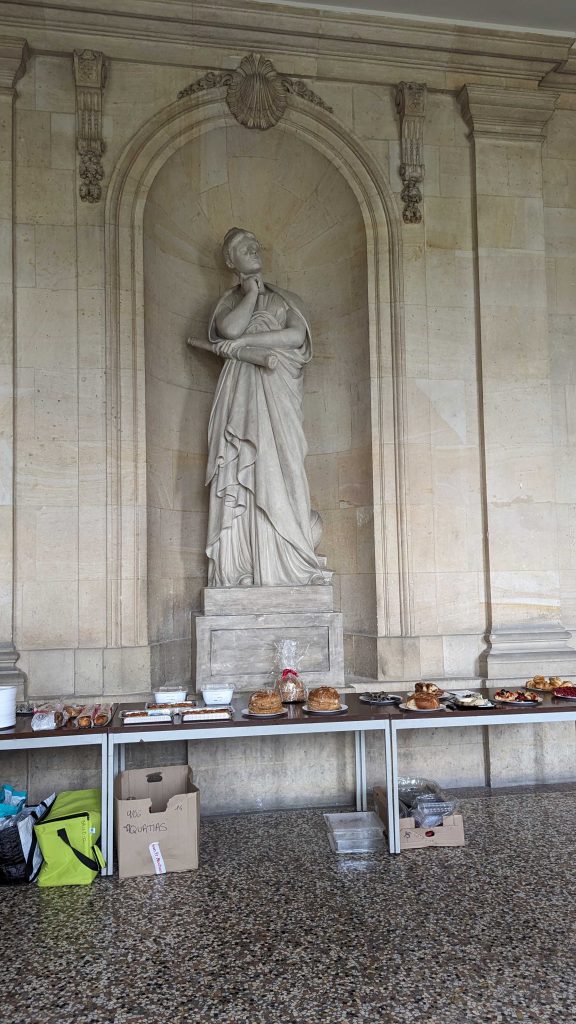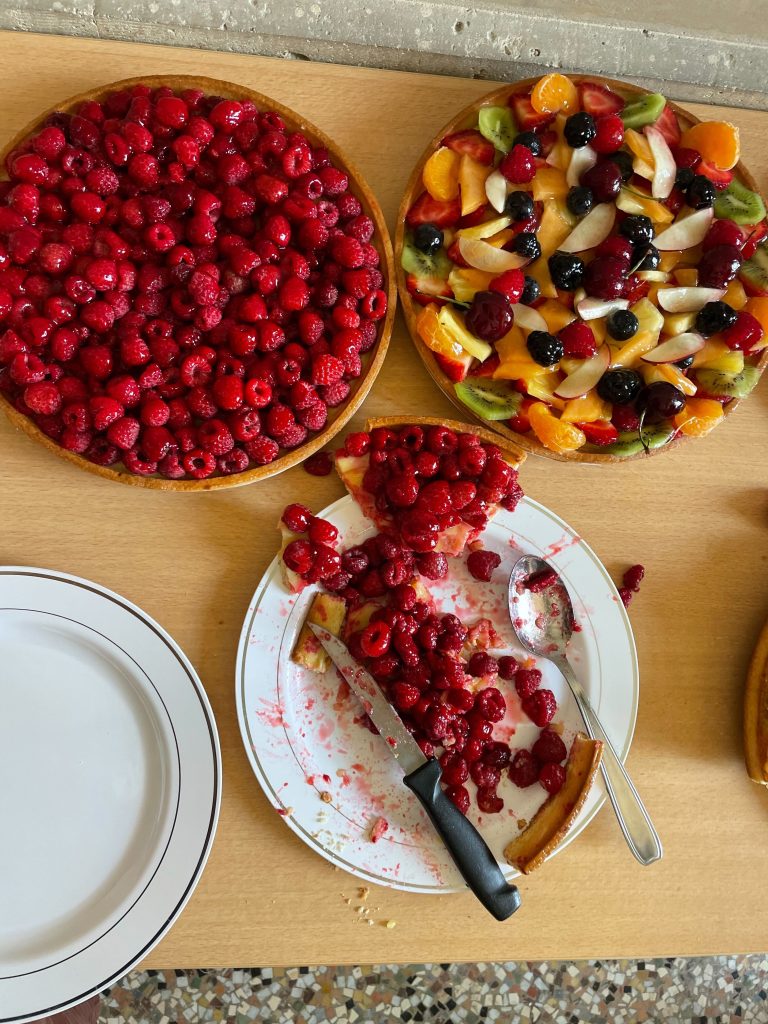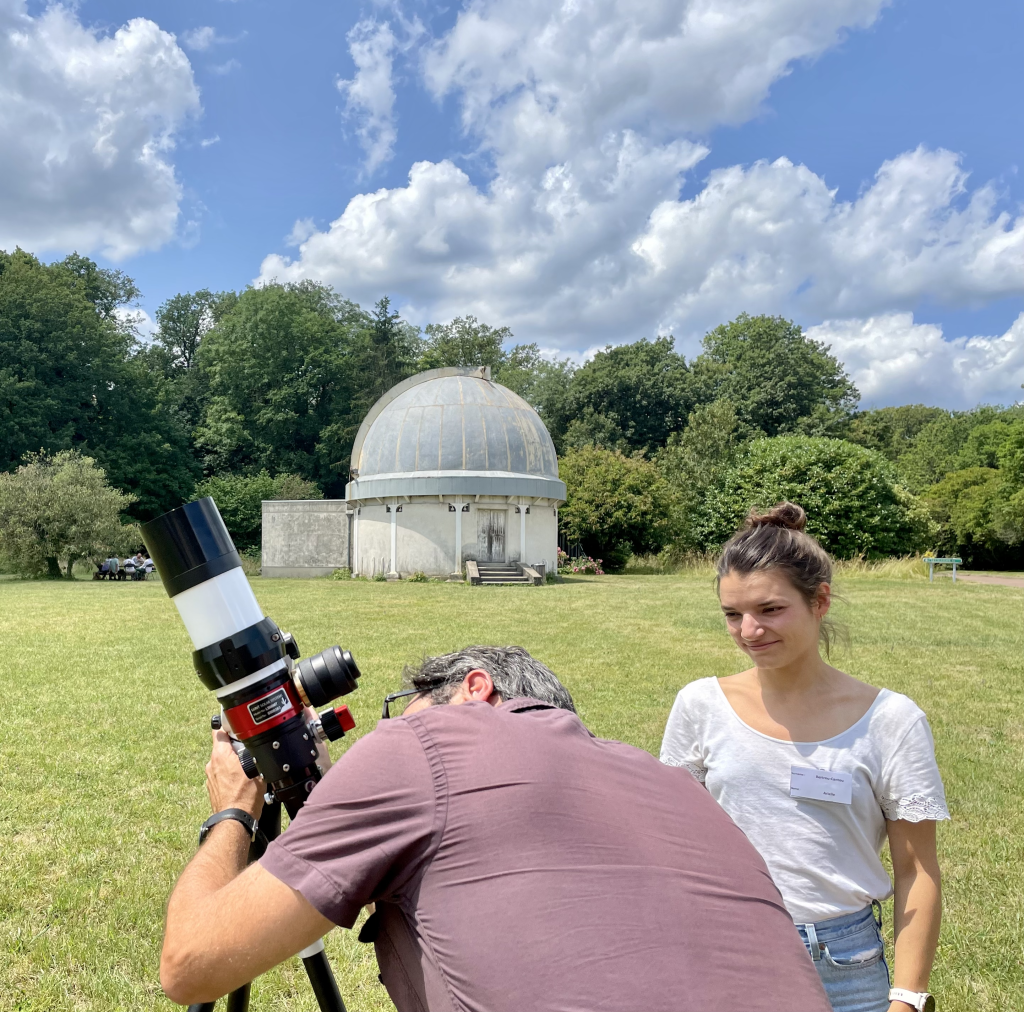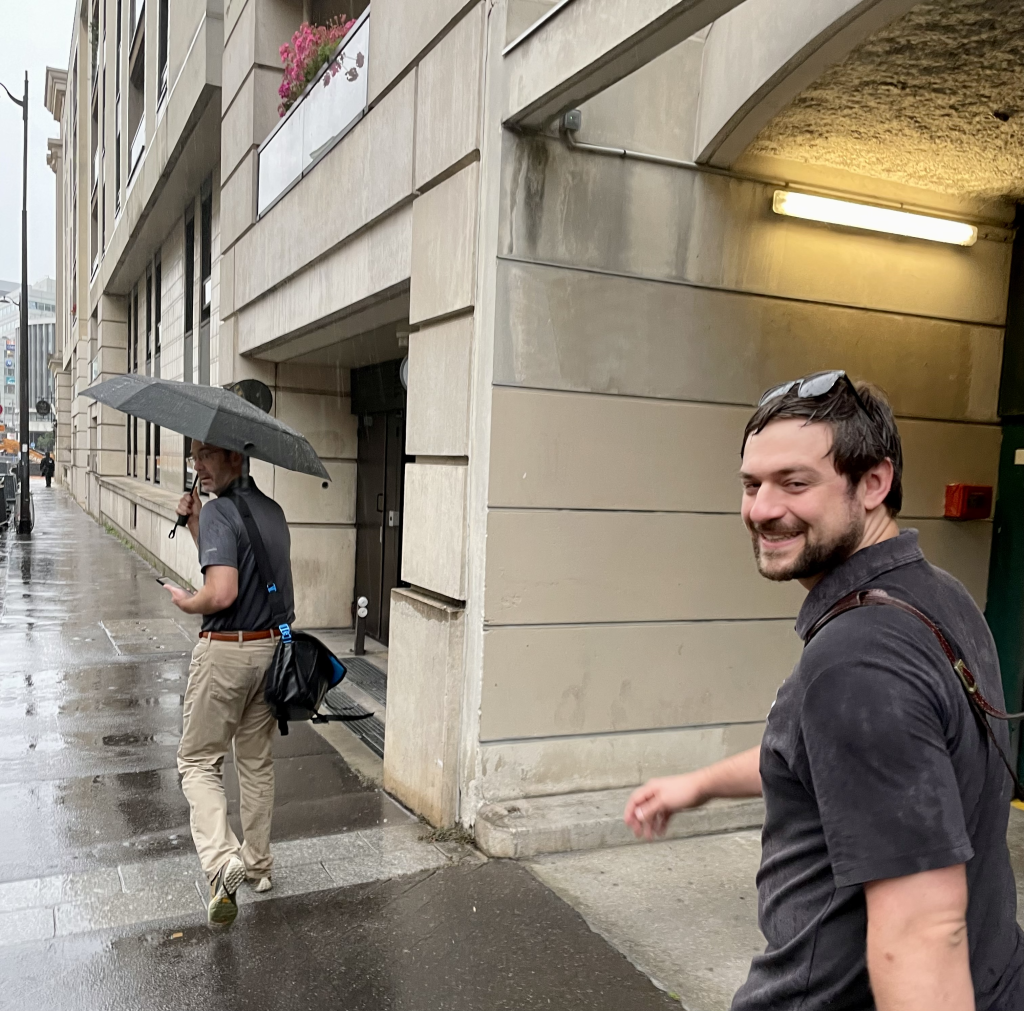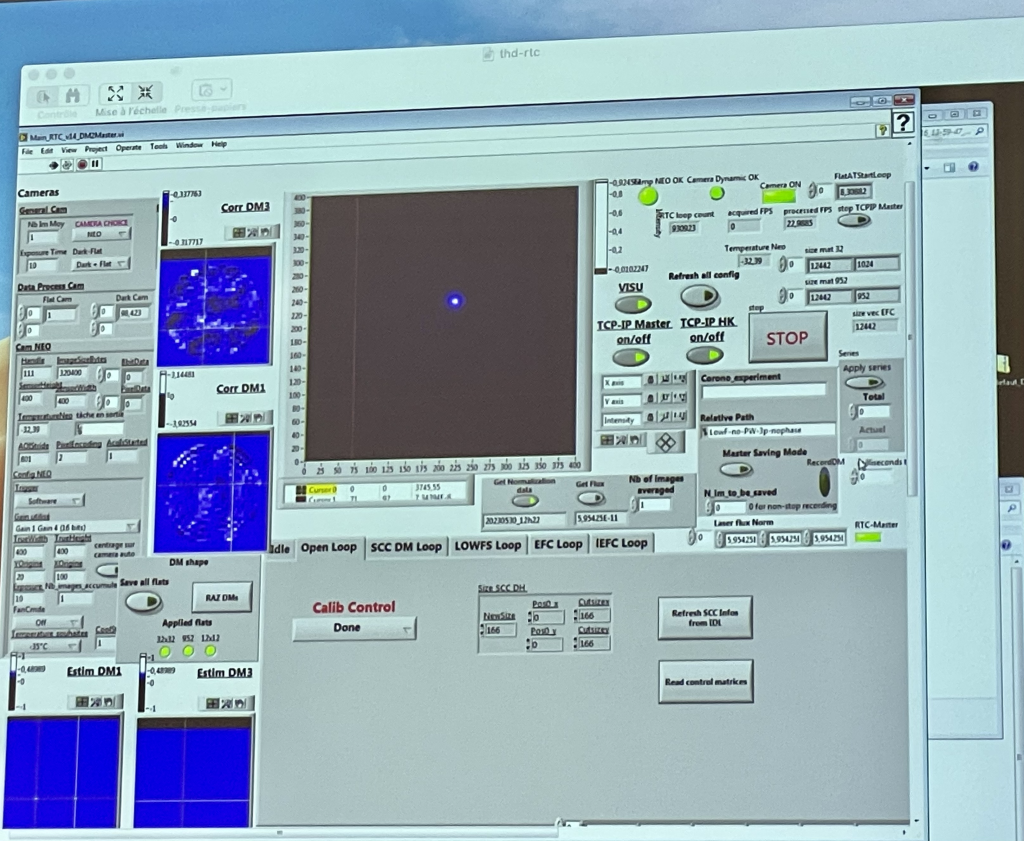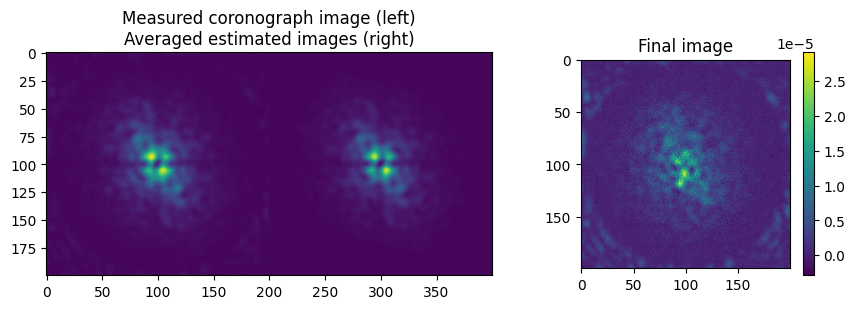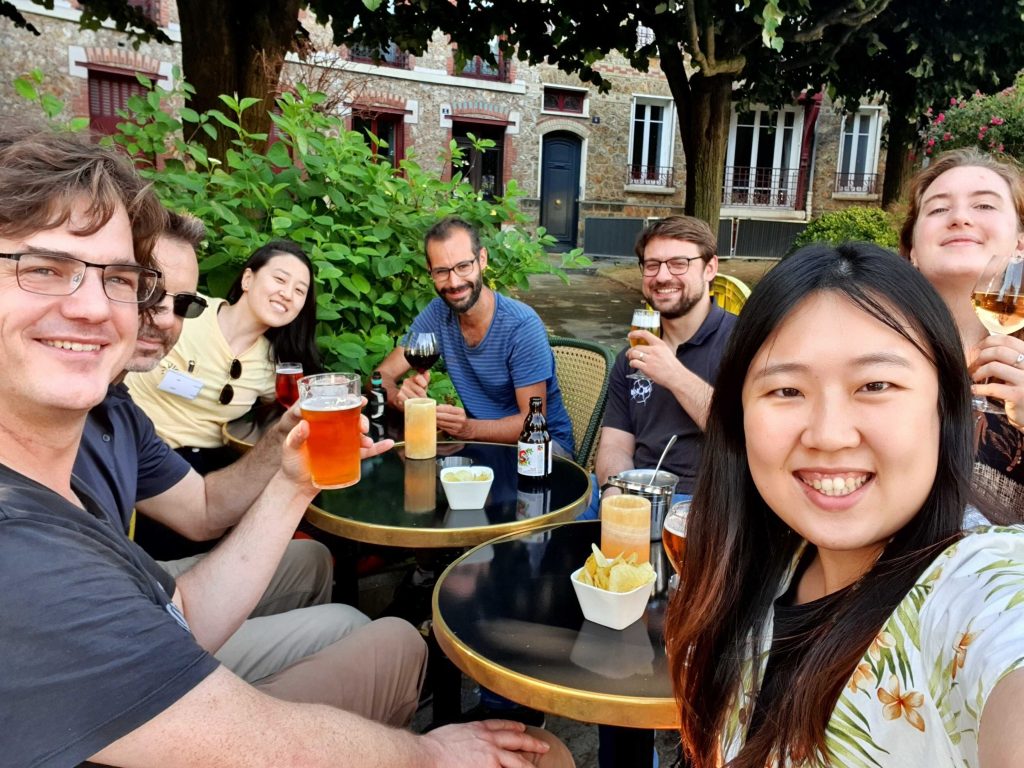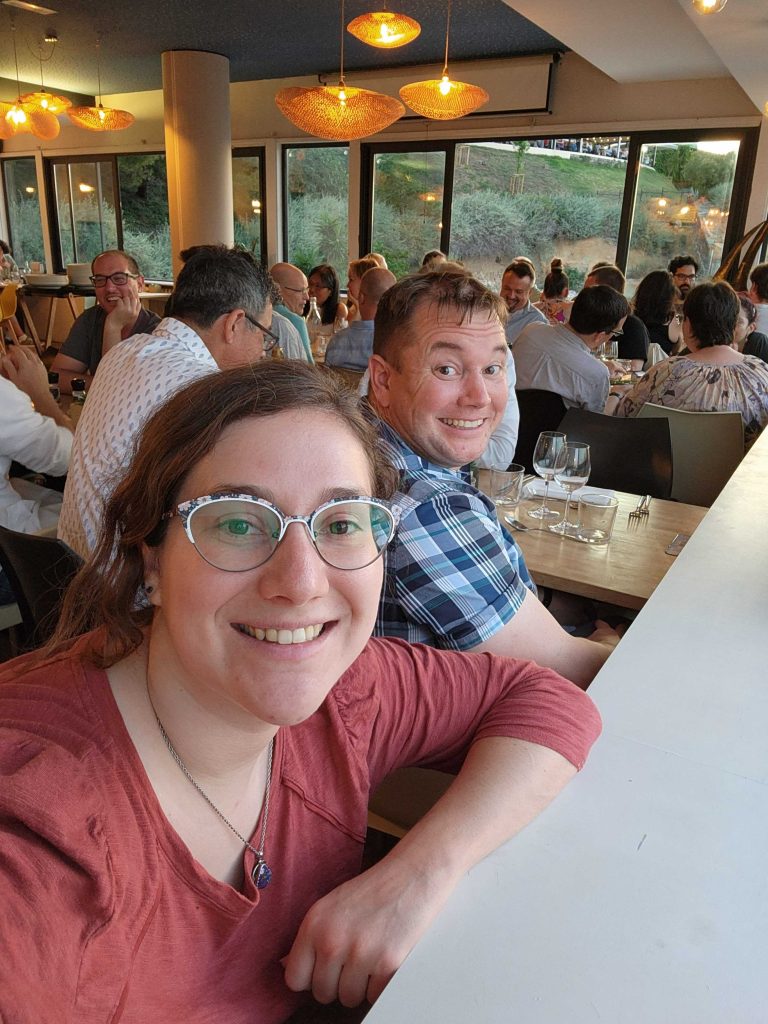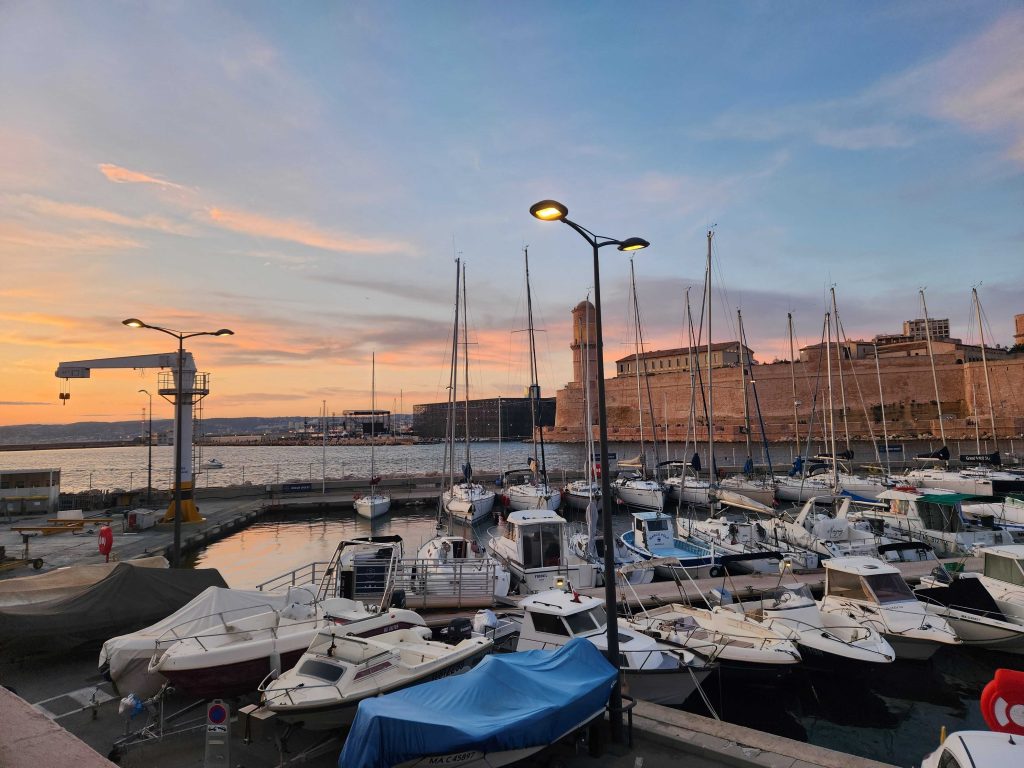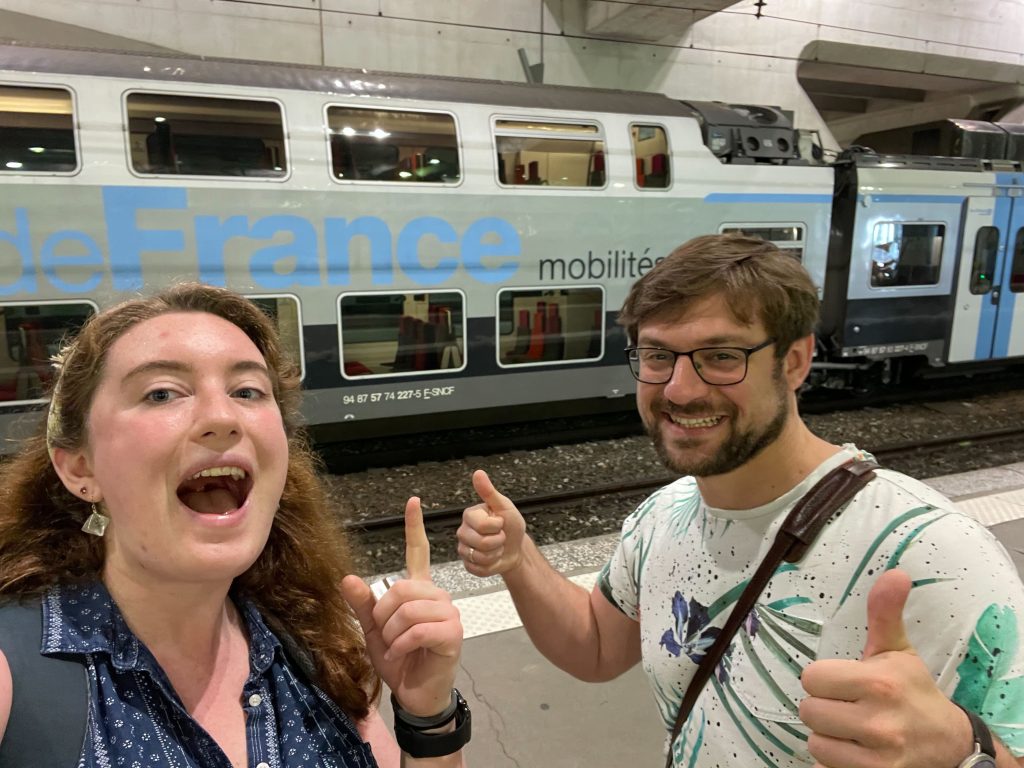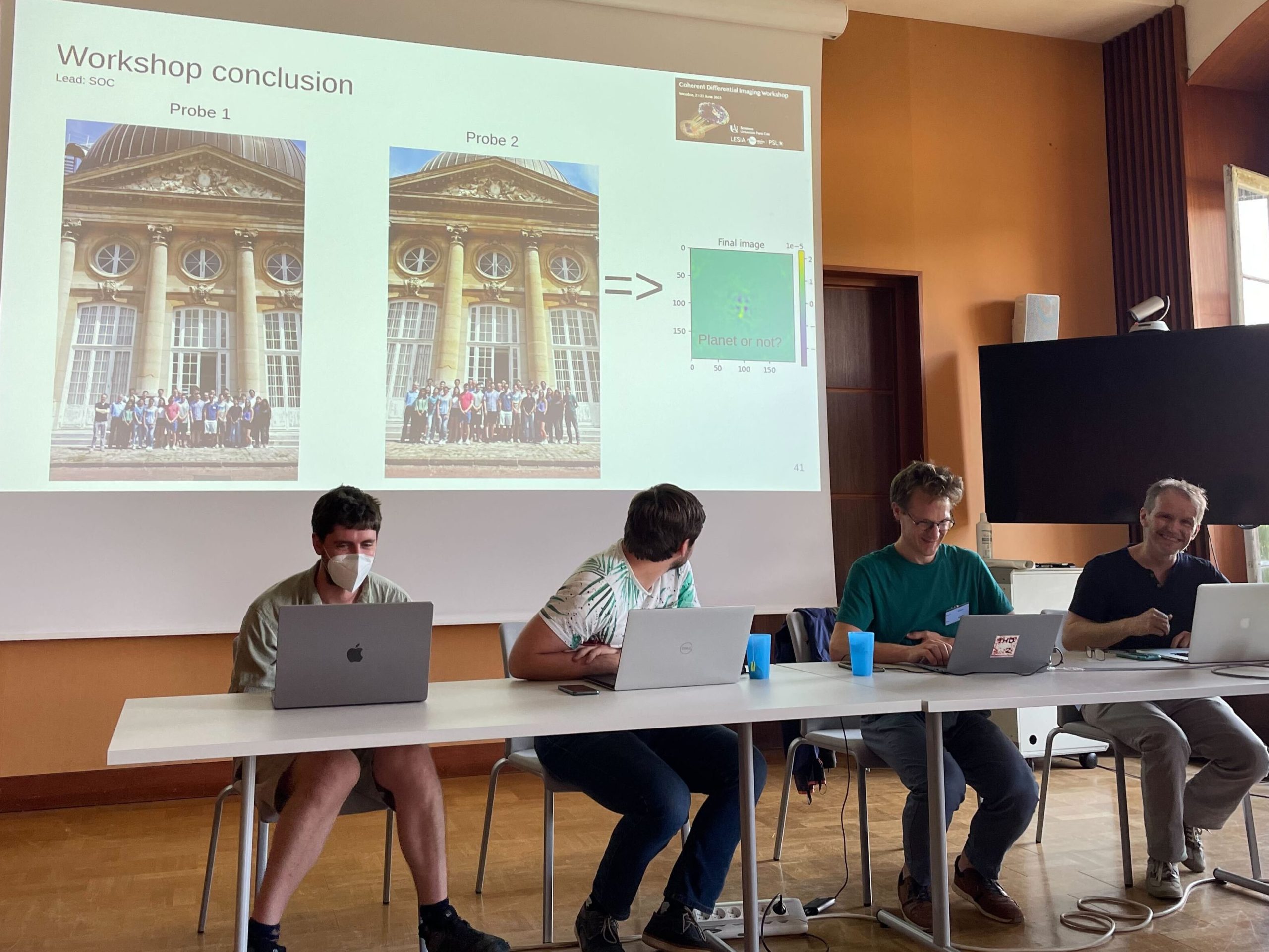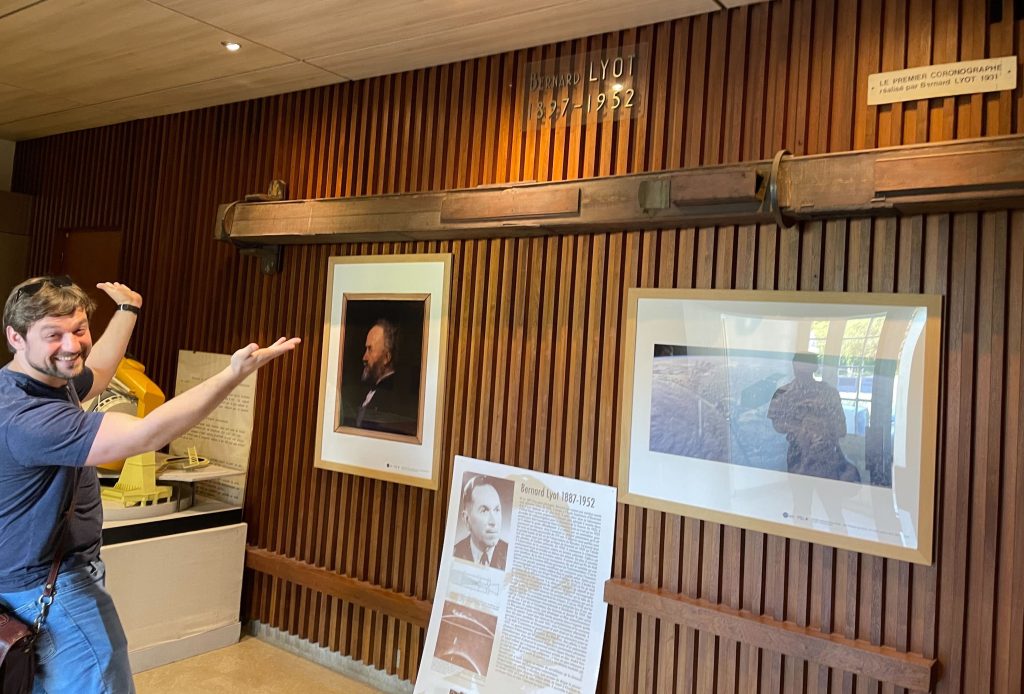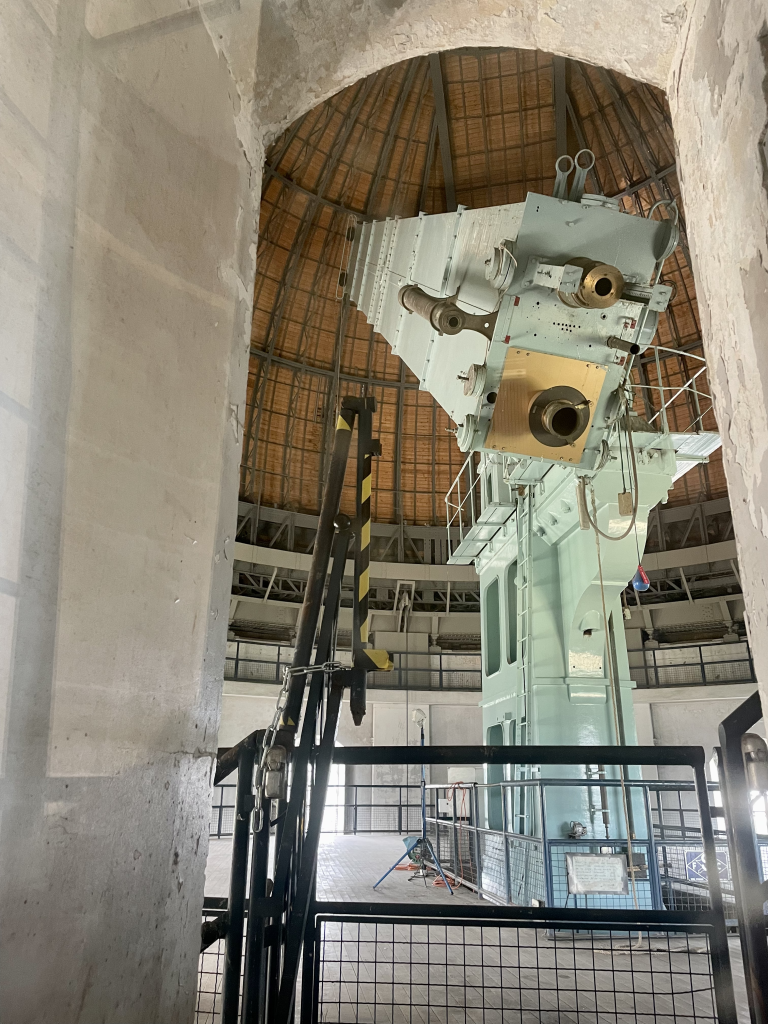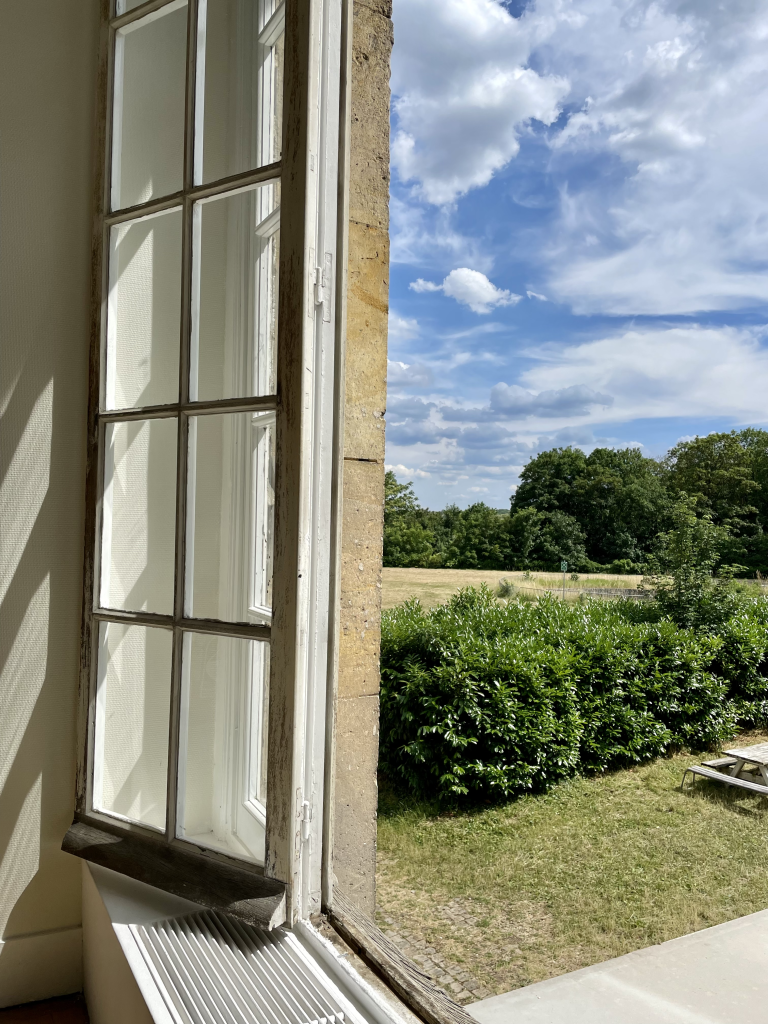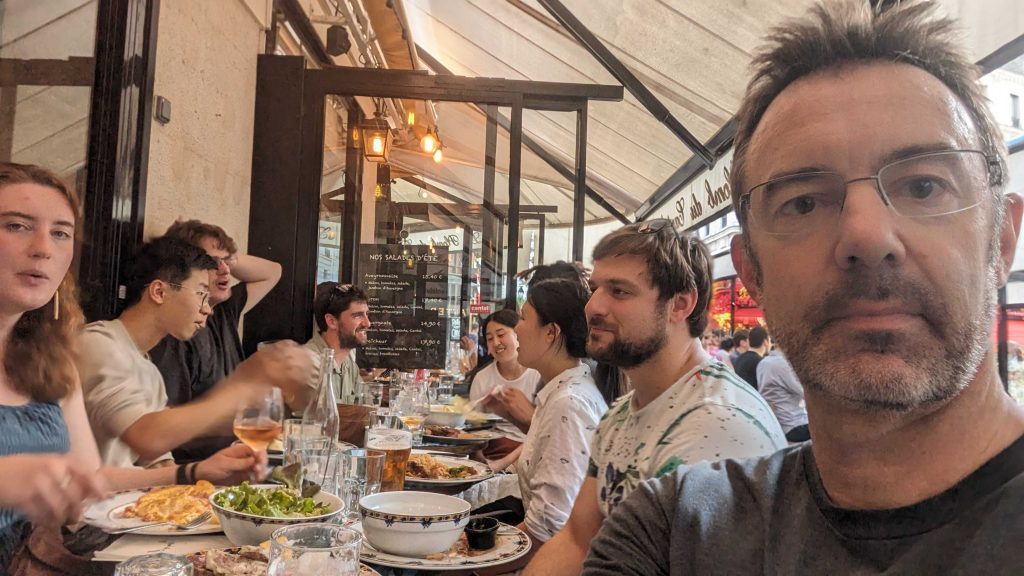I’ll try to make up for my clickbait title by starting right off with the secret ramen seasoning that I’m uniquely suited to identify.
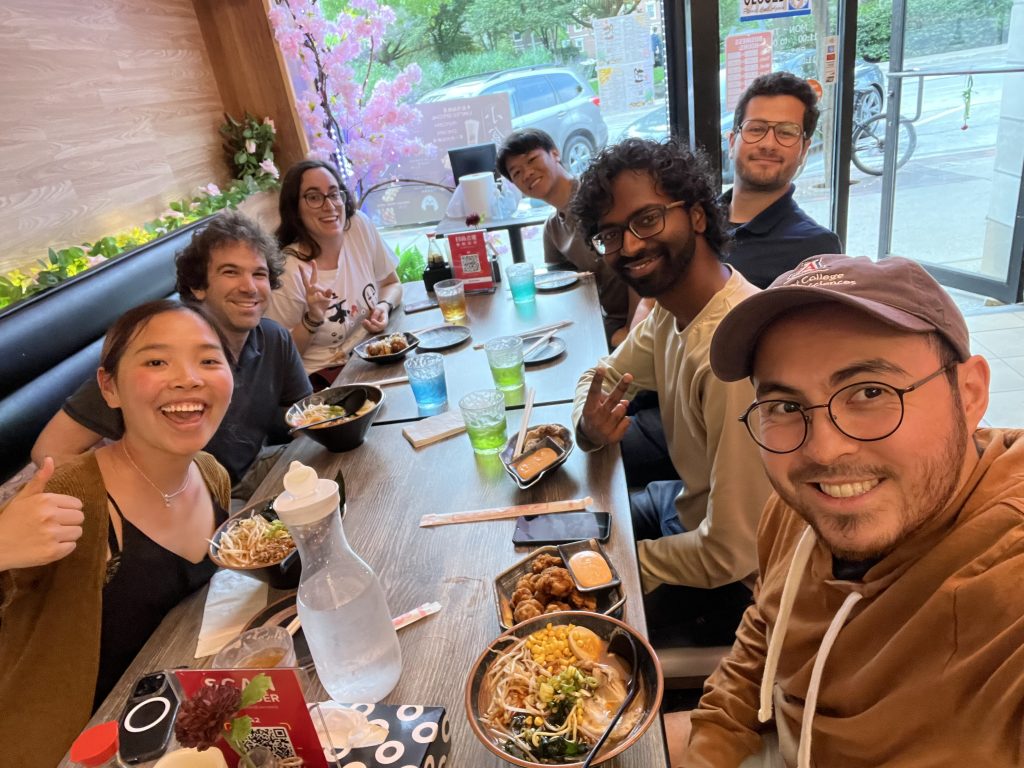
The last supper
It’s apparently very rare, but chefs from select regions of Japan will season tonkotsu (pork) flavored ramen with peanut dust or peanut butter to impart a special nuttiness to the savory soup. As many of you might guess, this didn’t turn out well for one of the resident peanut deniers in the group. But hopefully those who read this blog will help spread some awareness since, in general, Japanese food restaurants have been a very safe haven for peanut allergy sufferers…! And no, the restaurant made no mention of this additional ingredient anywhere on their menu :-/.
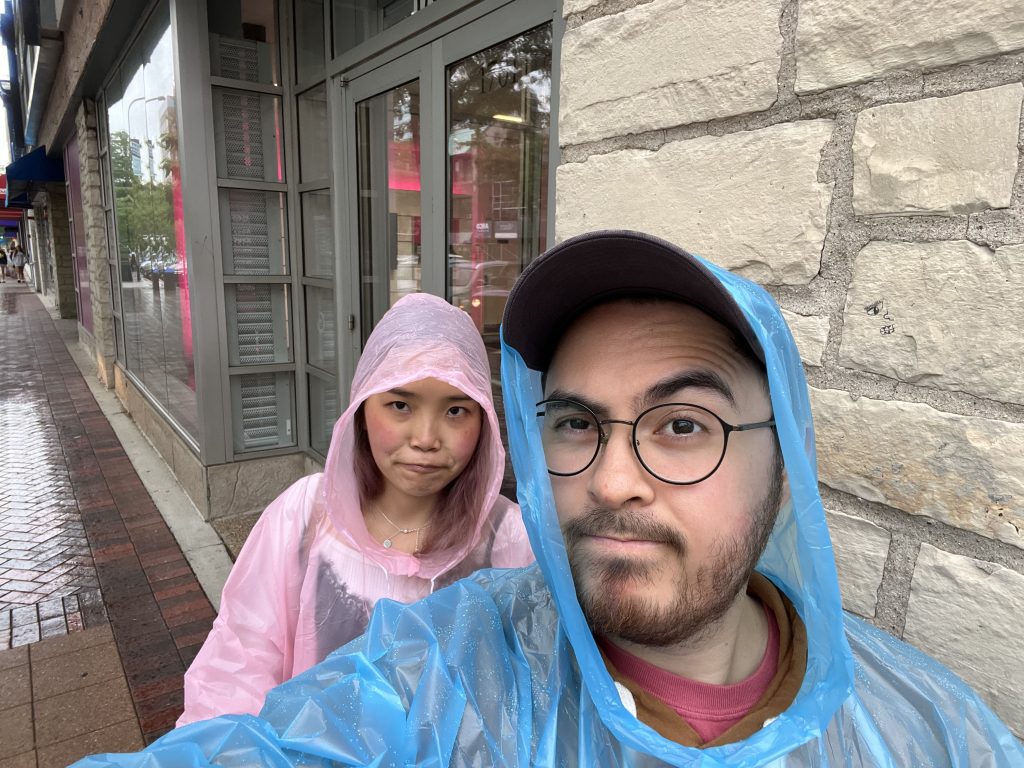
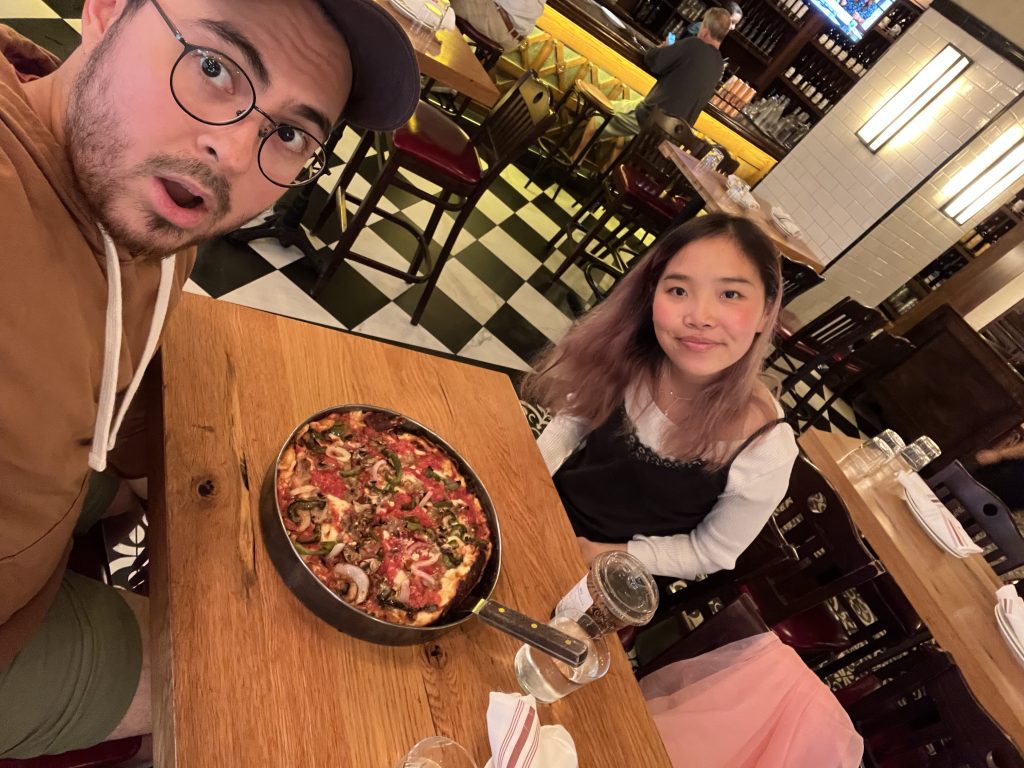
After a quick brush with my kryptonite, we were back the next afternoon exploring the surrounding Chicago area to seek out the healing properties of a slice of deep dish. Although the weather was less than ideal for most of Wednesday with a slight chance for multiple tornados.
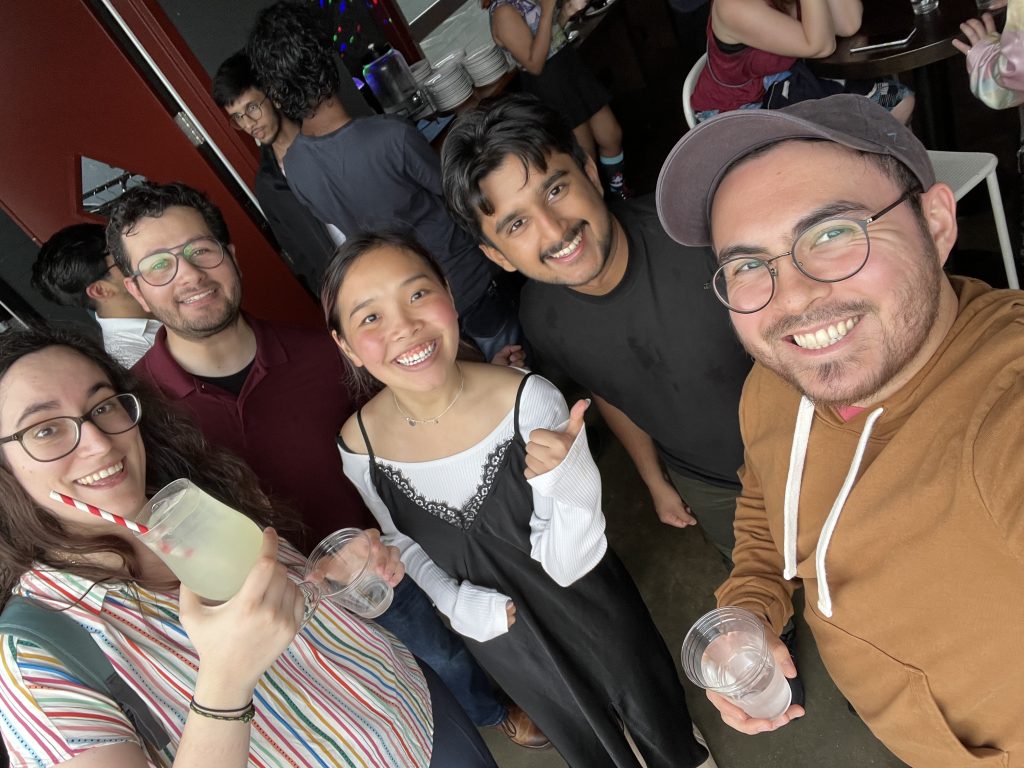
As for the workshop, we (Jialin, Gemma of España, and I) shared a brief eureka moment when we successfully created and pip-installed our very own open-source Python package on our computers! To get everyone else up to speed, we utilized this workshop to get a head start on a collaborative, bright, most-likely-to-be-single star catalog for AO calibration purposes! All that’s really left to do is streamline the catalog querying and crossmatching functionality and then actually make the SQL database prior to our next observing run.
Big thanks to Logan for helping us refine this idea and make it happen in such a short timespan!
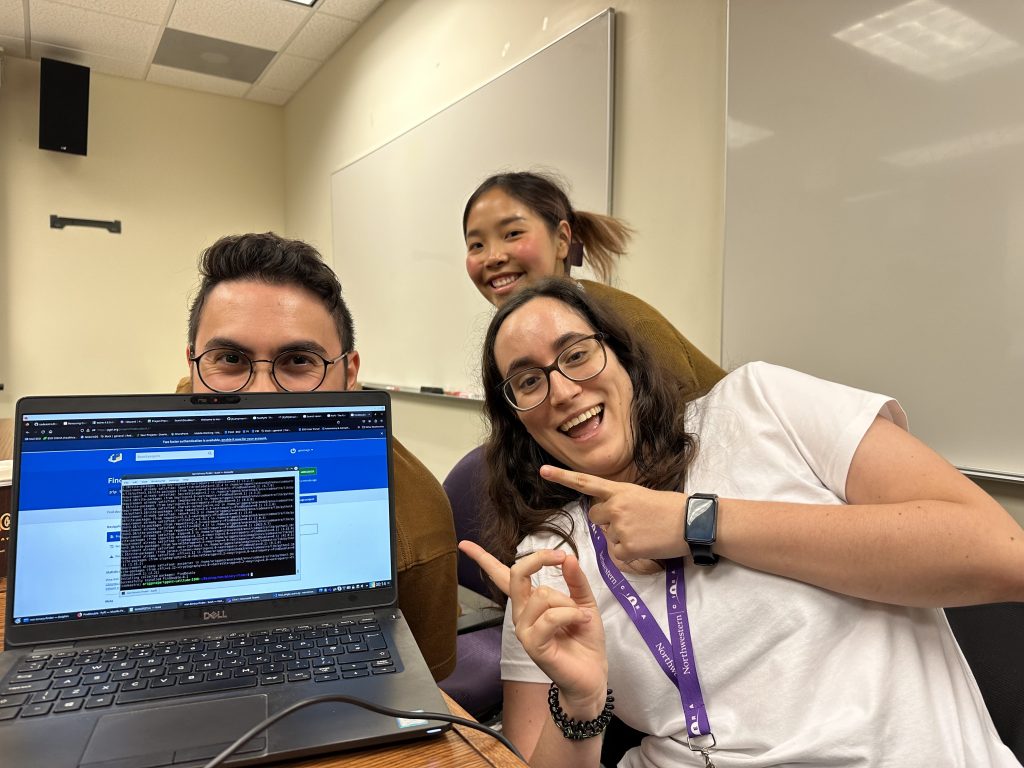
I always worry my posts end up evolving to be too too wordy so please enjoy a photo dump of the social activities that took place for the rest of the workshop and afterwards before flying back home to Tucson :-).
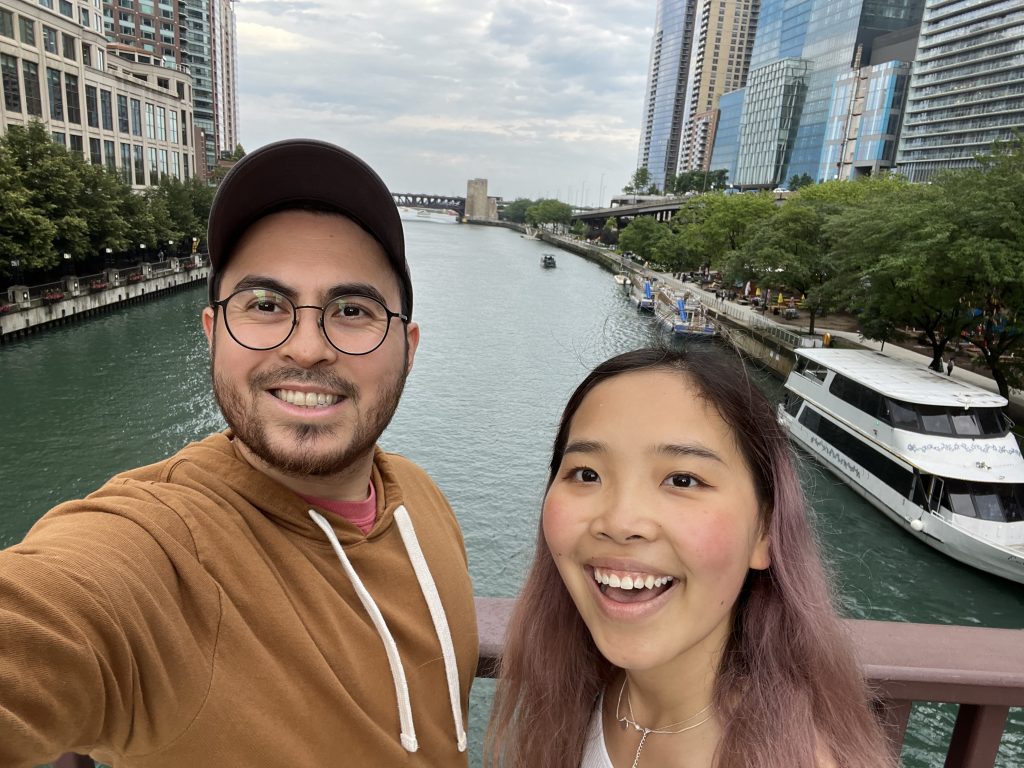
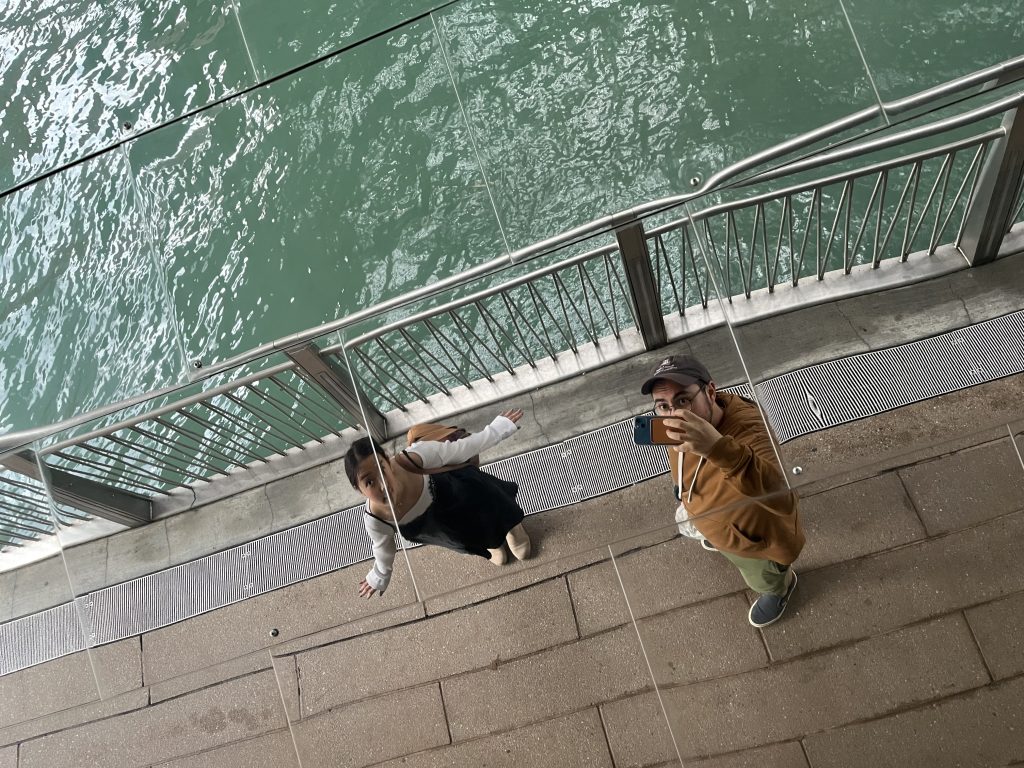
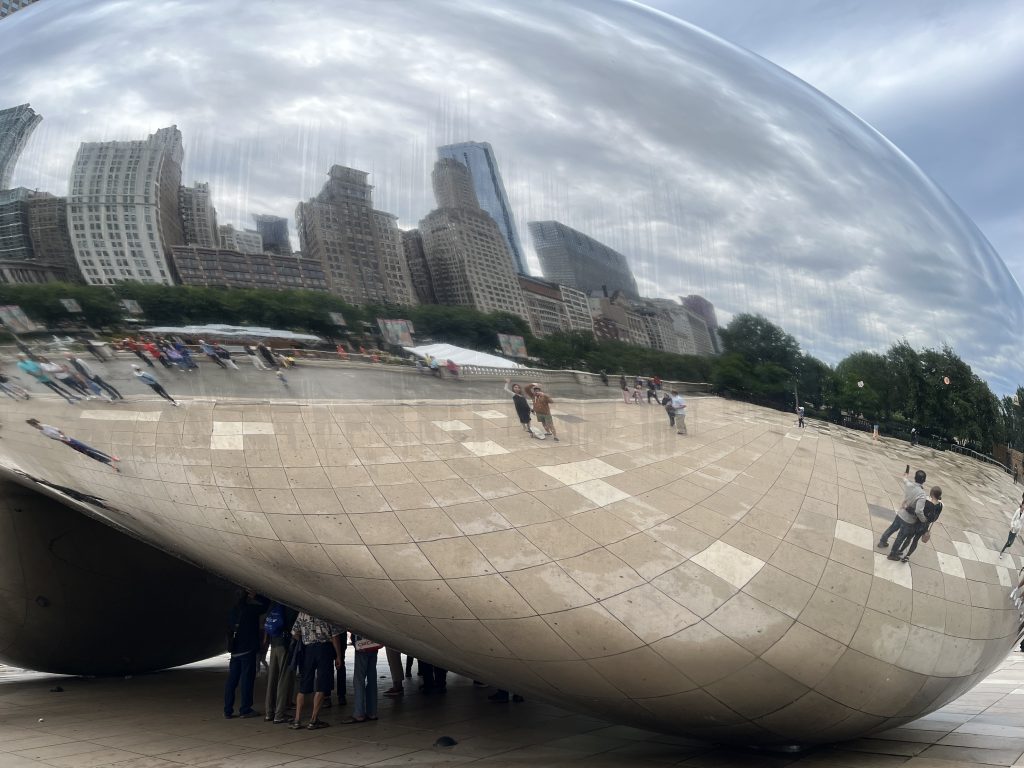
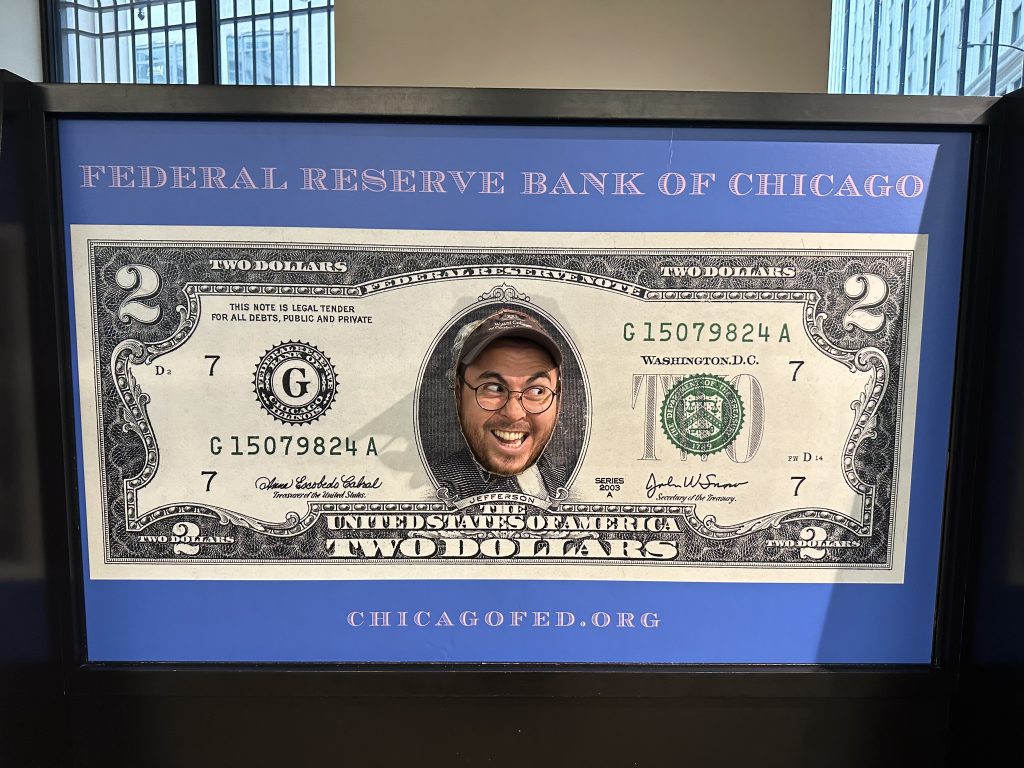
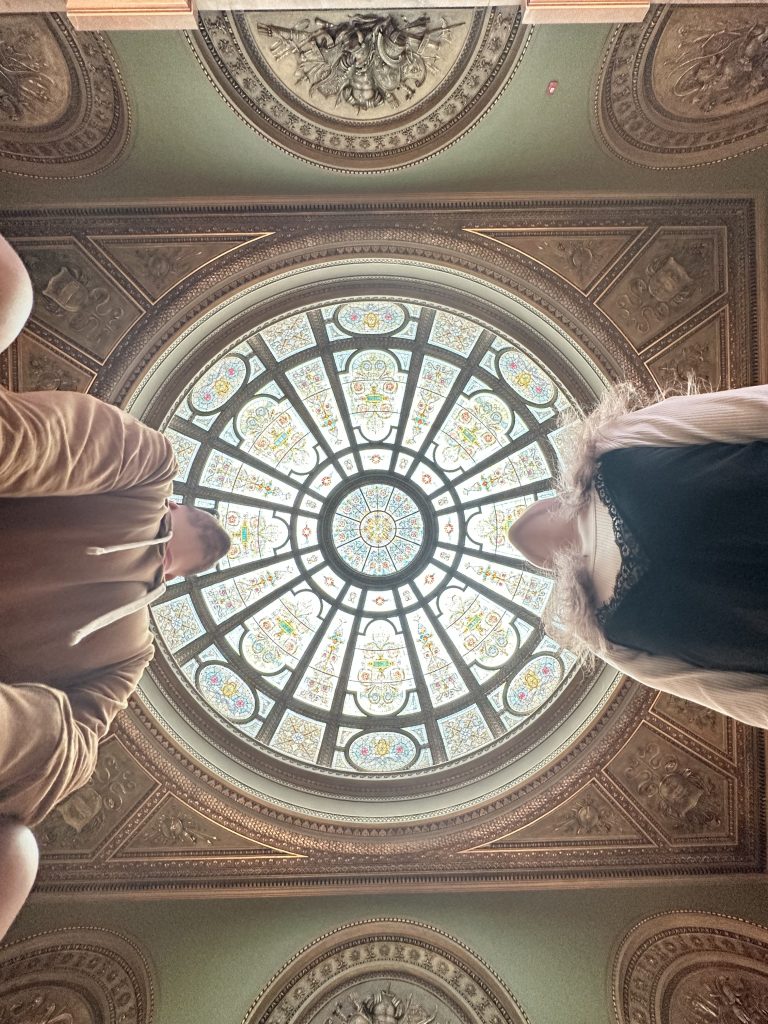
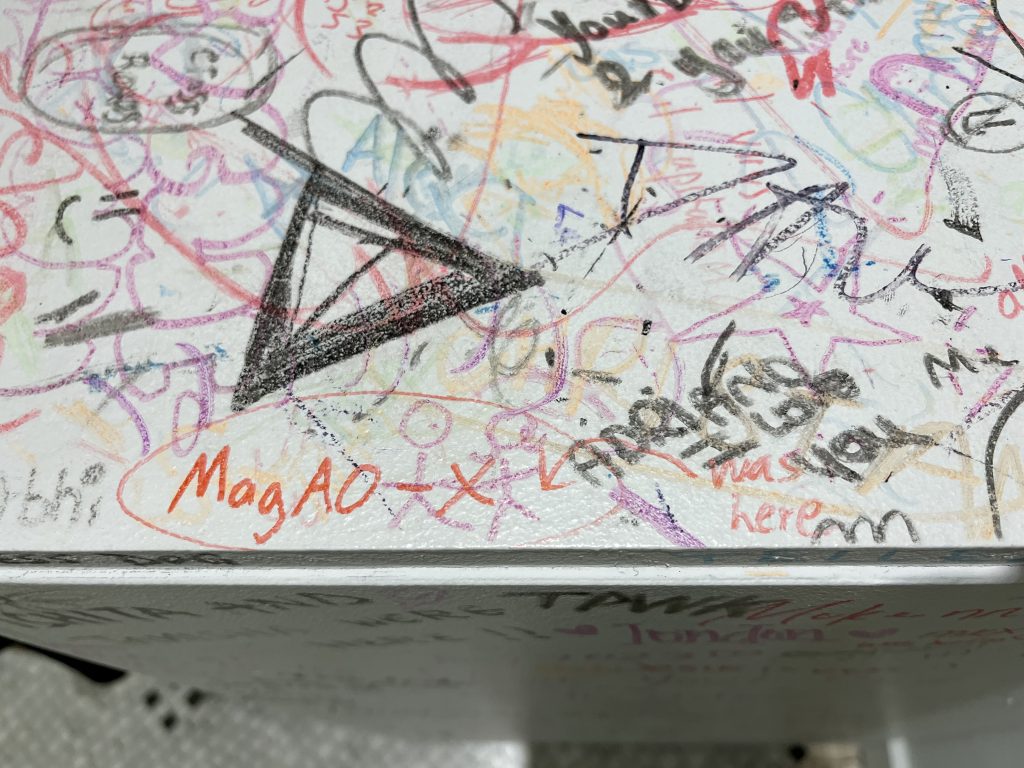
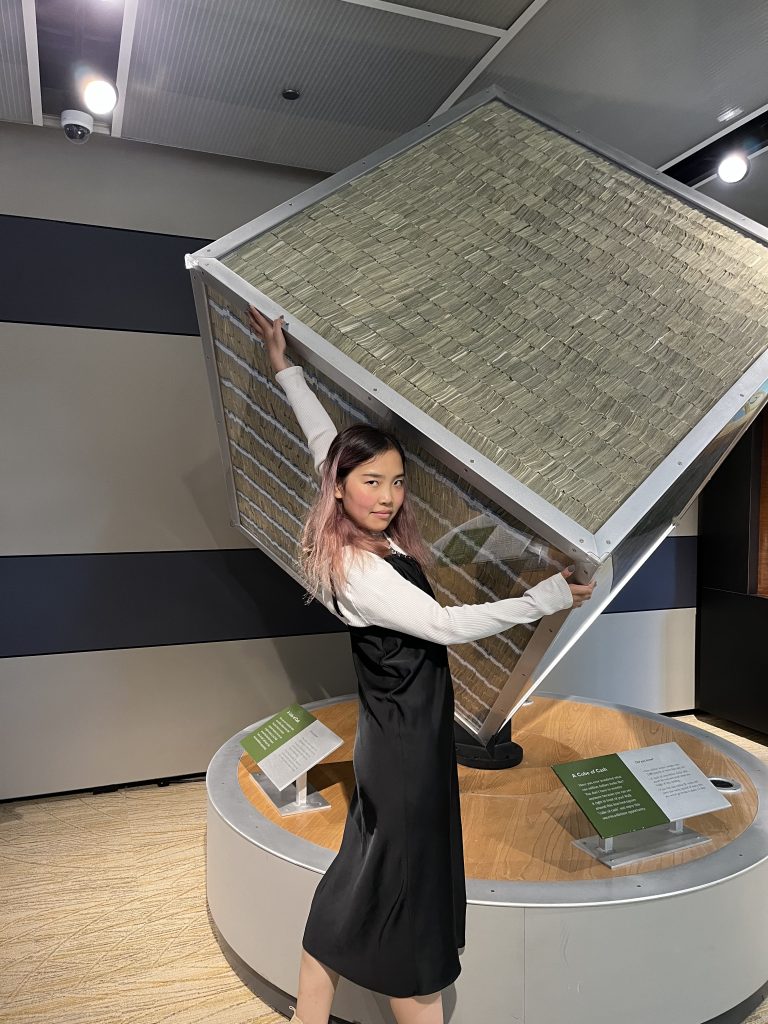
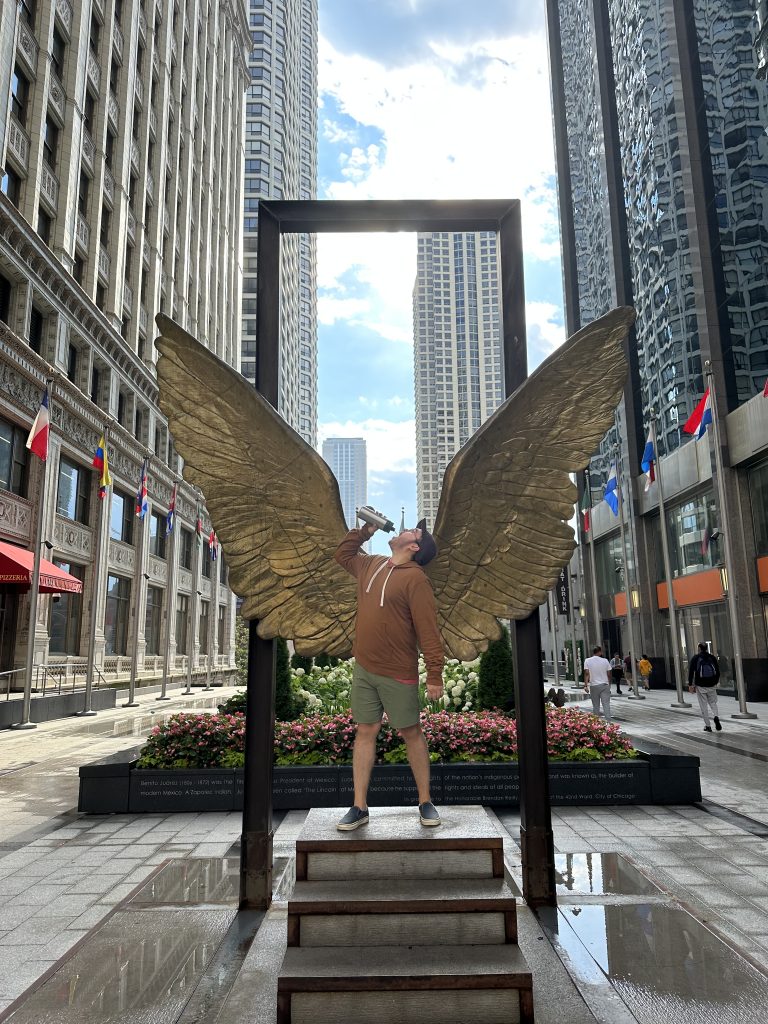
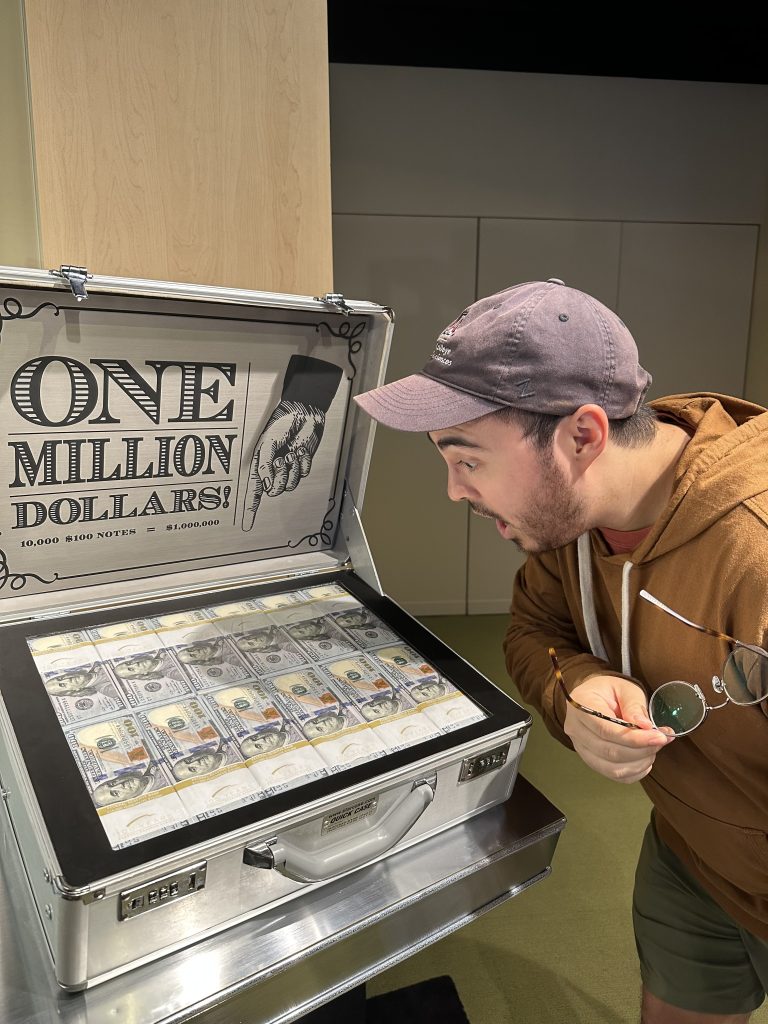
This is Ben from UC San Diego. We ran into Ben serendipitously and after some small talk he confessed to being a fellow Jared fan after seeing Jared’s talk at AO4ELT. Astro is such a small world.
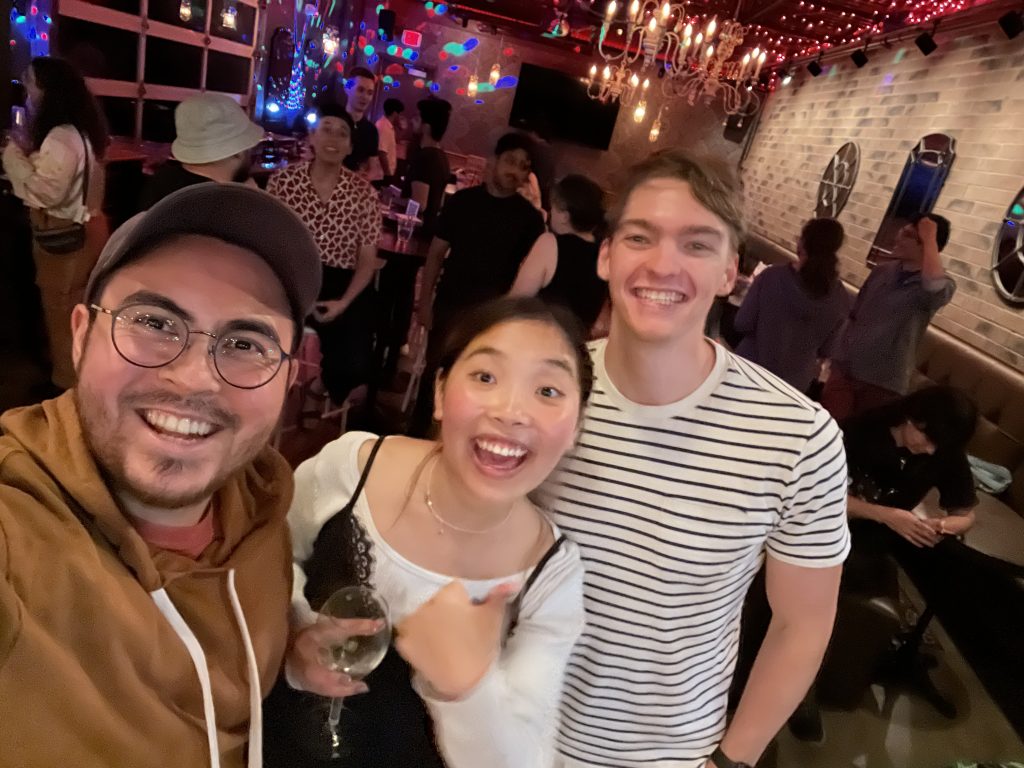
Song of the Day
We had a Lyft driver who was literally the city of Chicago anthropomorphized. dApparently in his youth one of his favorite pastimes was staying at the bars in Downtown Chicago until closing. Well so, around last call, when they played this song at the end of the night it was his cue to antagonize the bouncers and convince them, as best as he could, that he makes his own rules, he owns this bar, they’d have to use force to get him to leave, etc. On more than one occasion he got the bouncers grinning and giving him the stink-eye while cracking their knuckles at ten minutes to closing. However, as soon as the clock showed 30 seconds to official closing time he was already 100 ft away from the building and power walking his way home. In between belly laughs he exclaimed “I was young, dumb, and I’m *still* only 5’5″ on a good day so what did you expect? I knew my limits!”
It was way funnier with the thick Chicago accent and euphemisms than is probably coming off typed out here.
